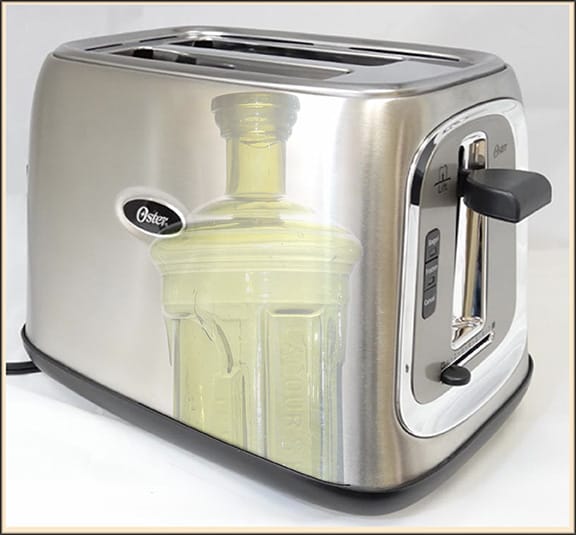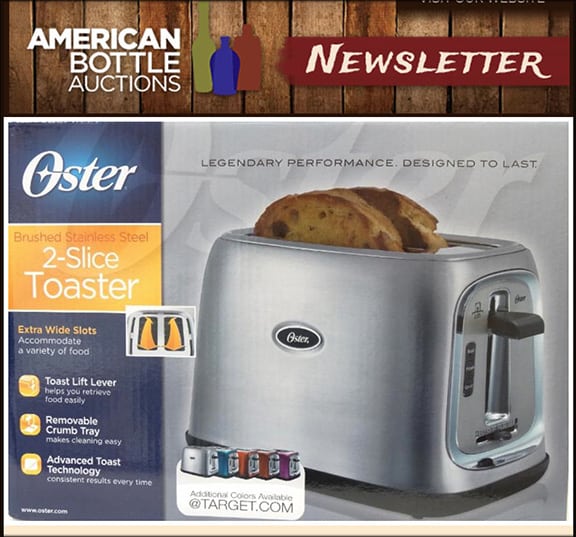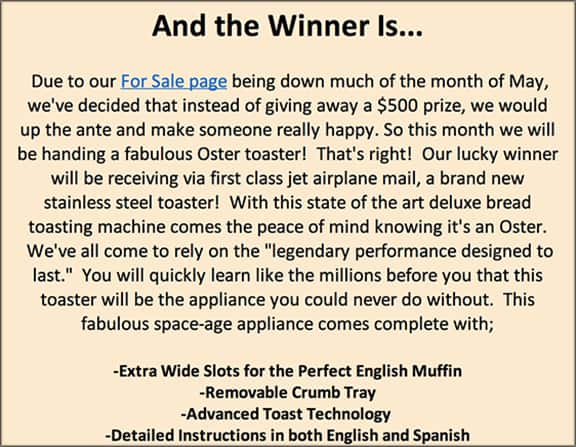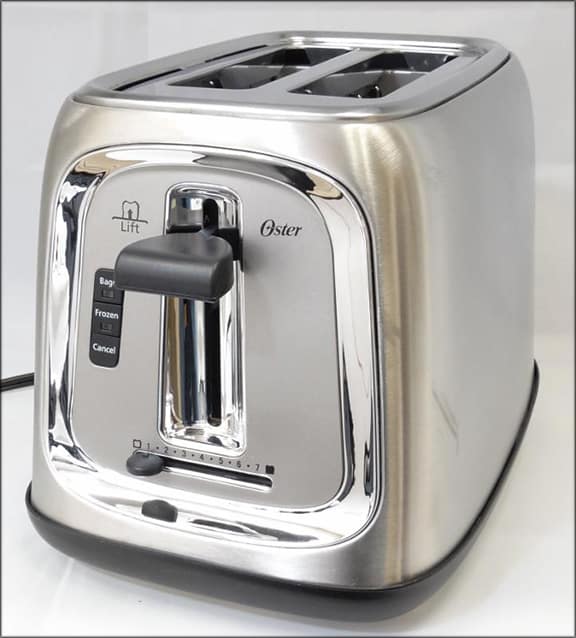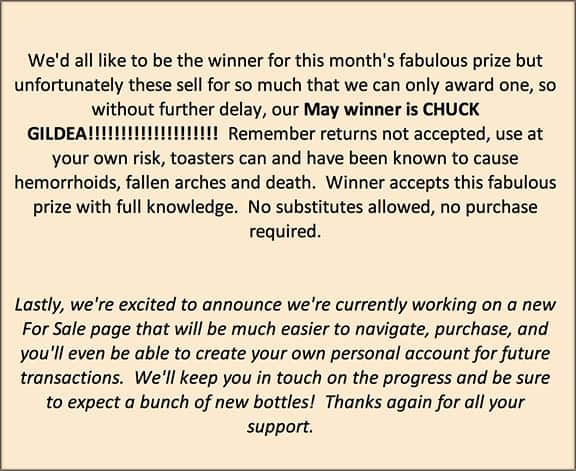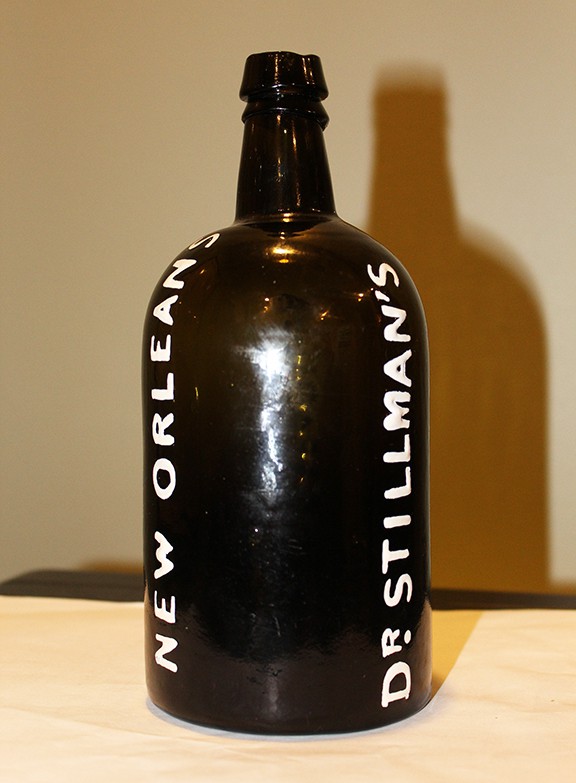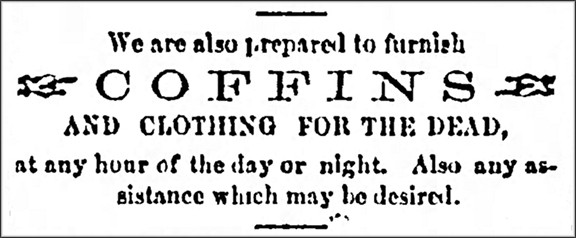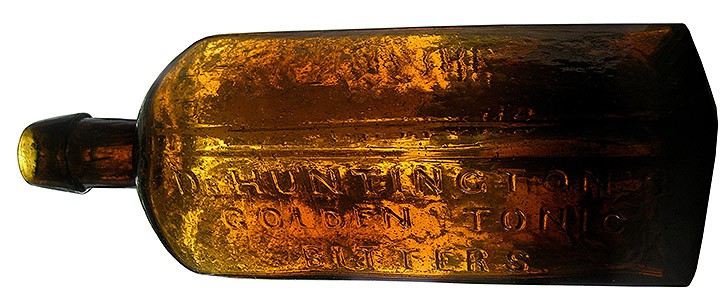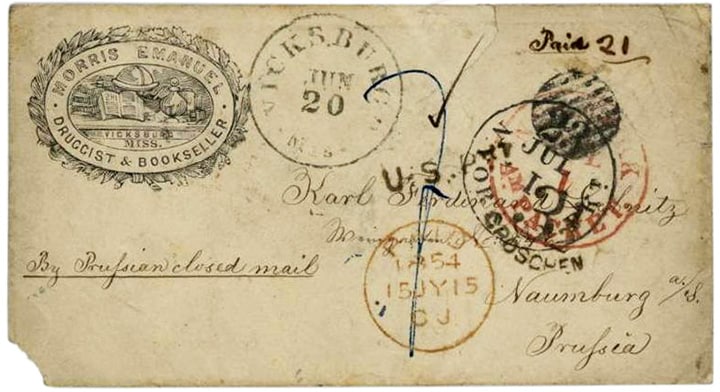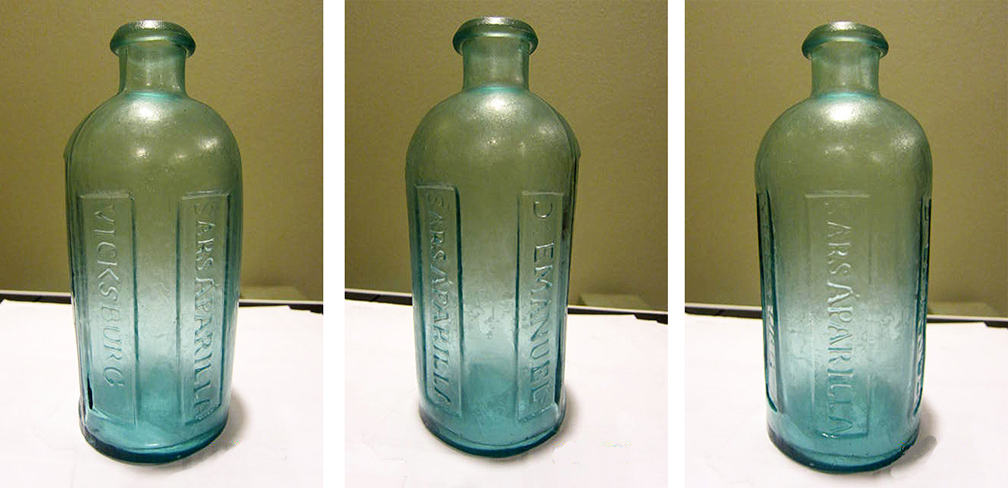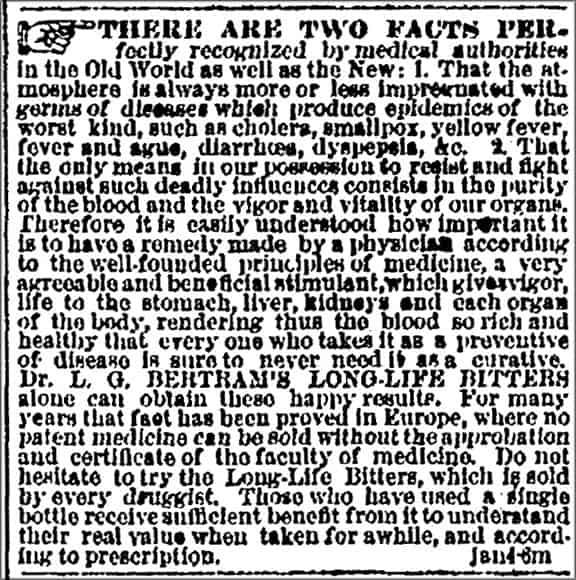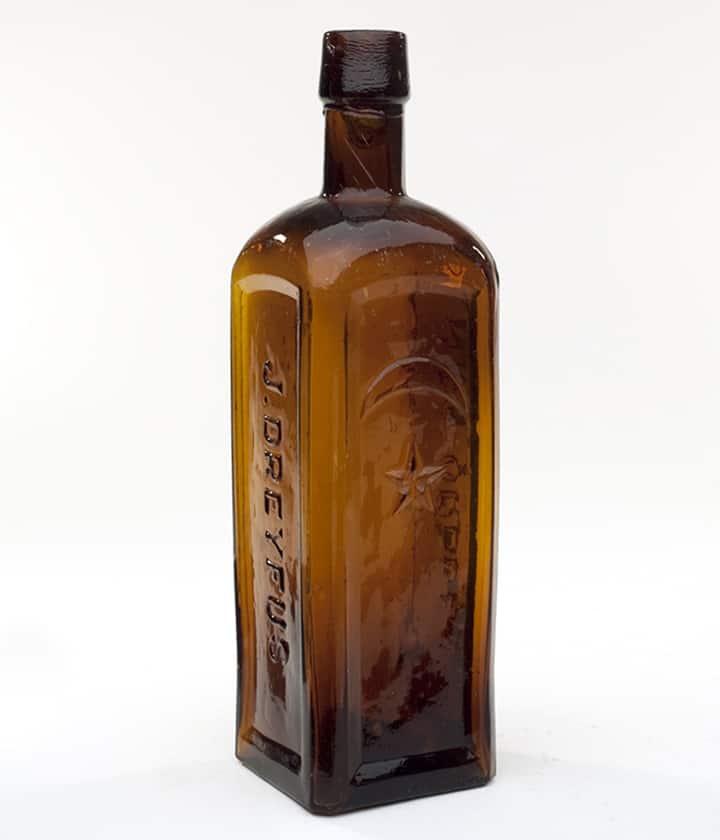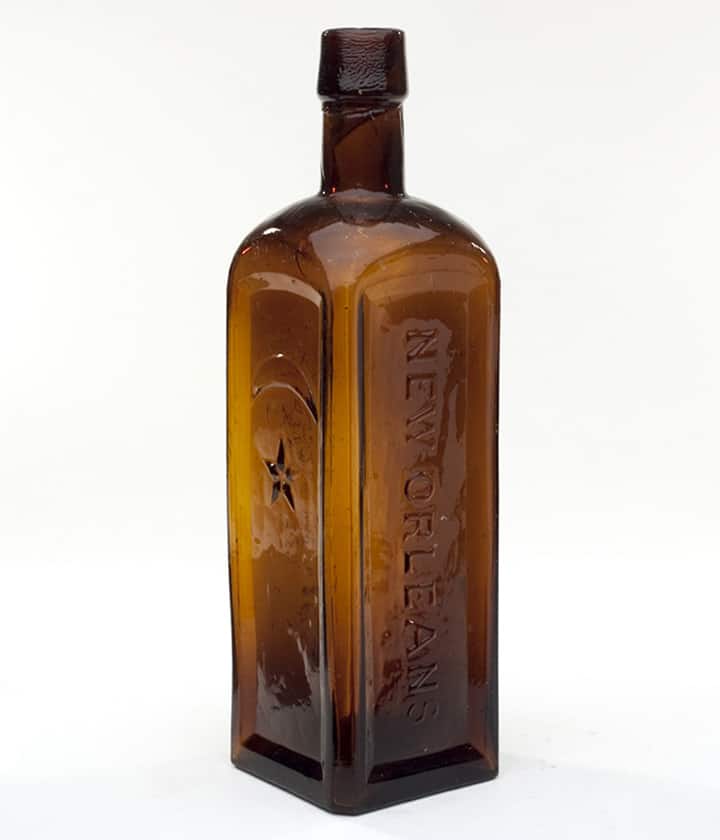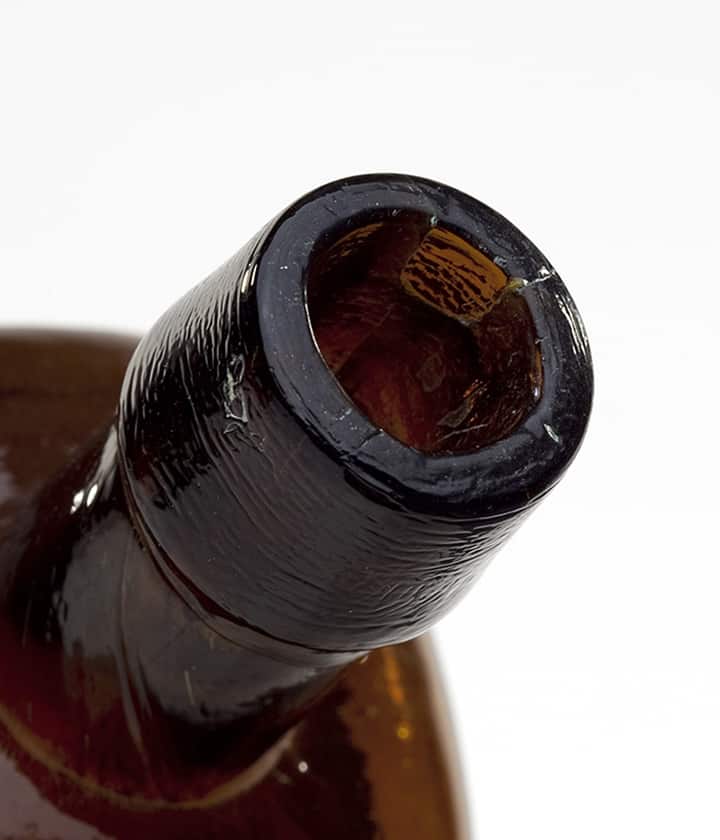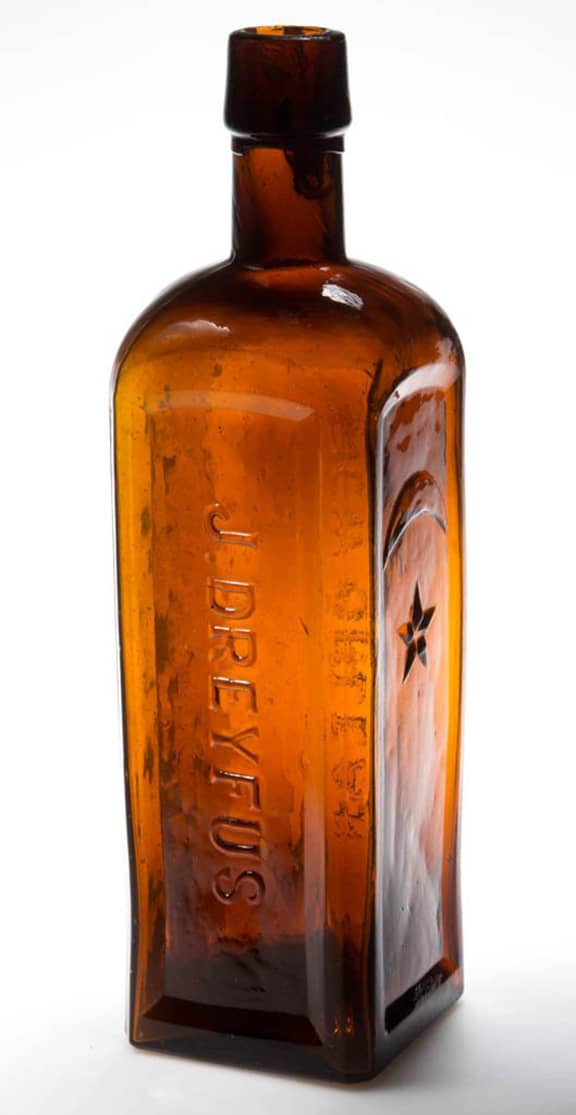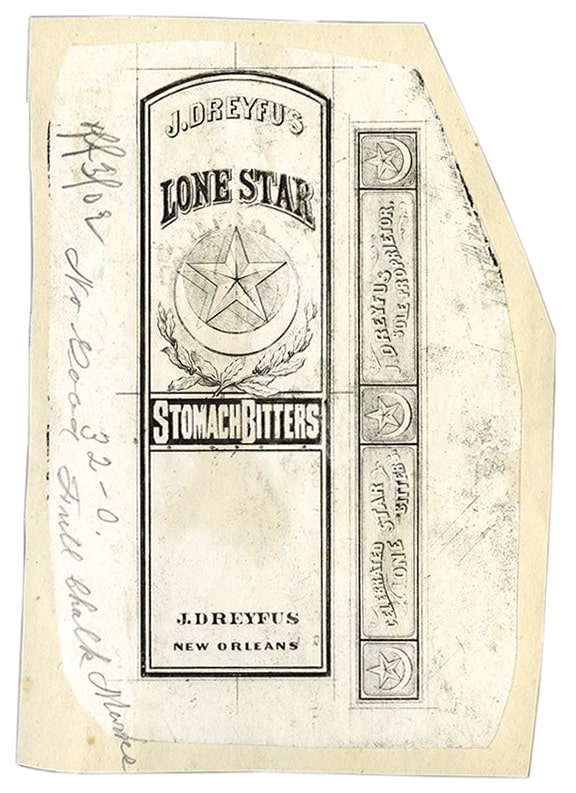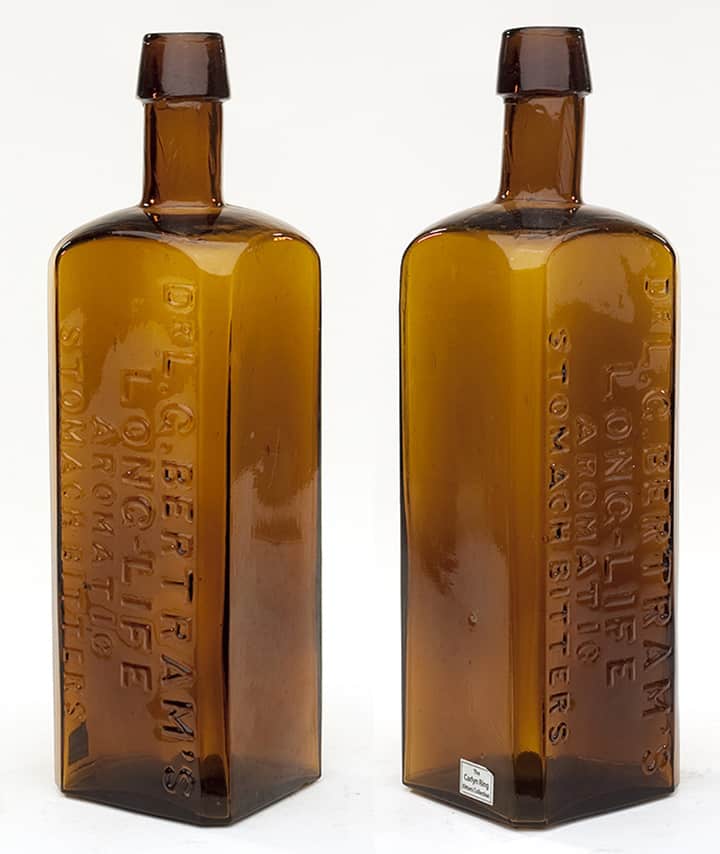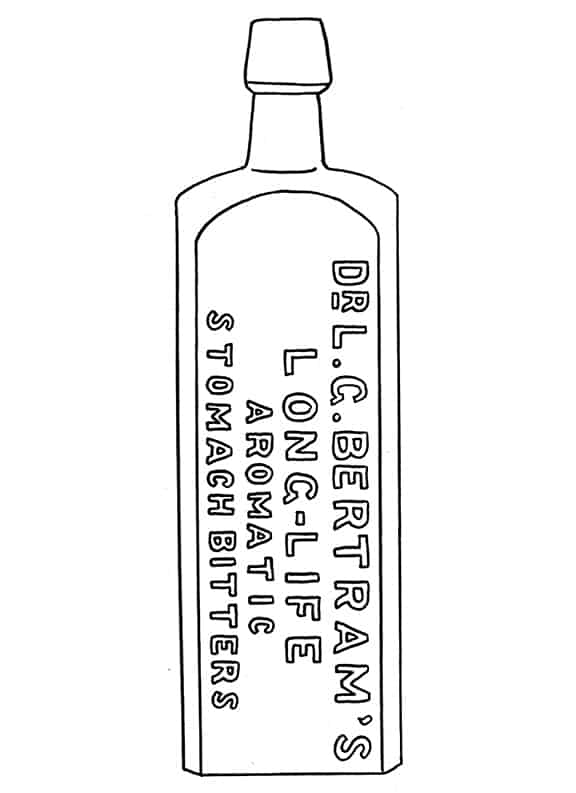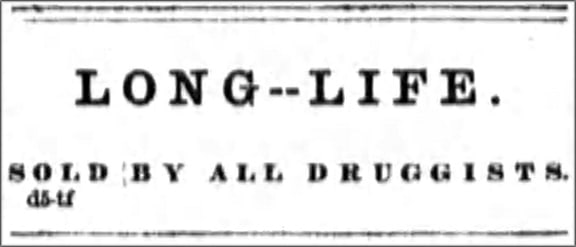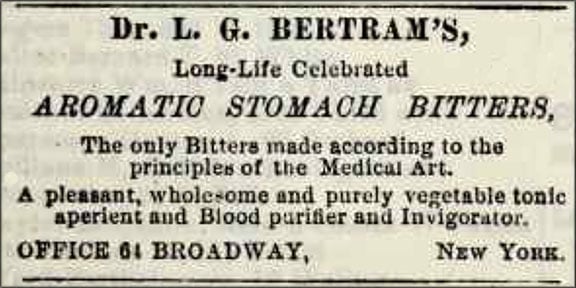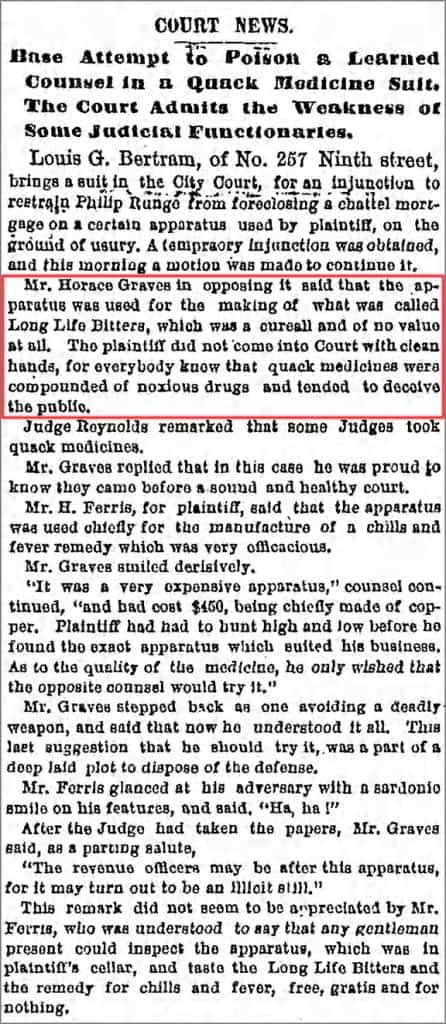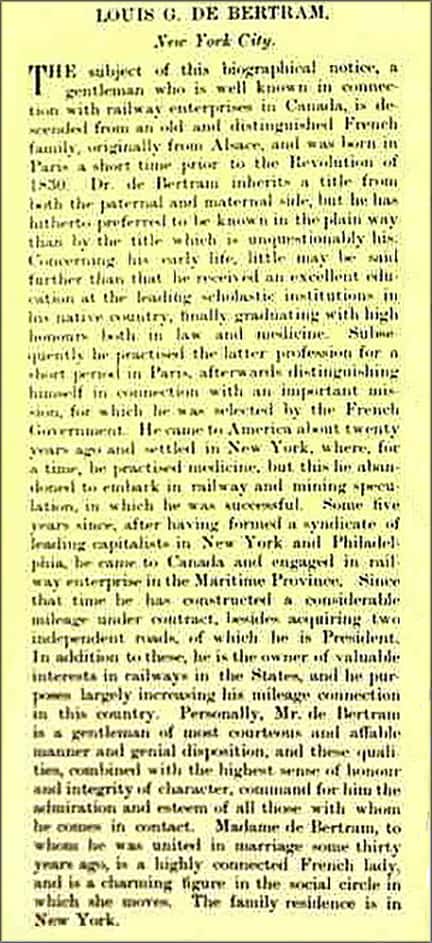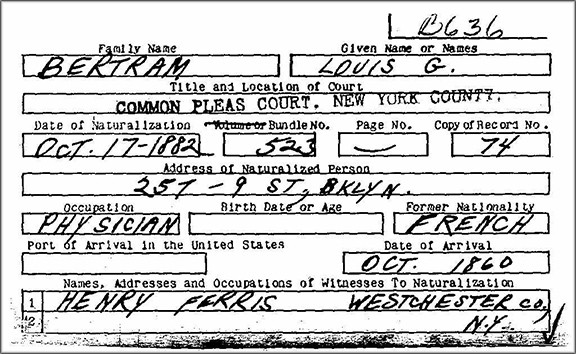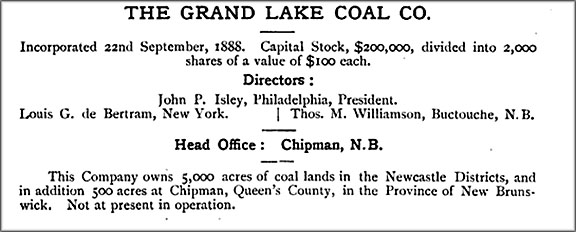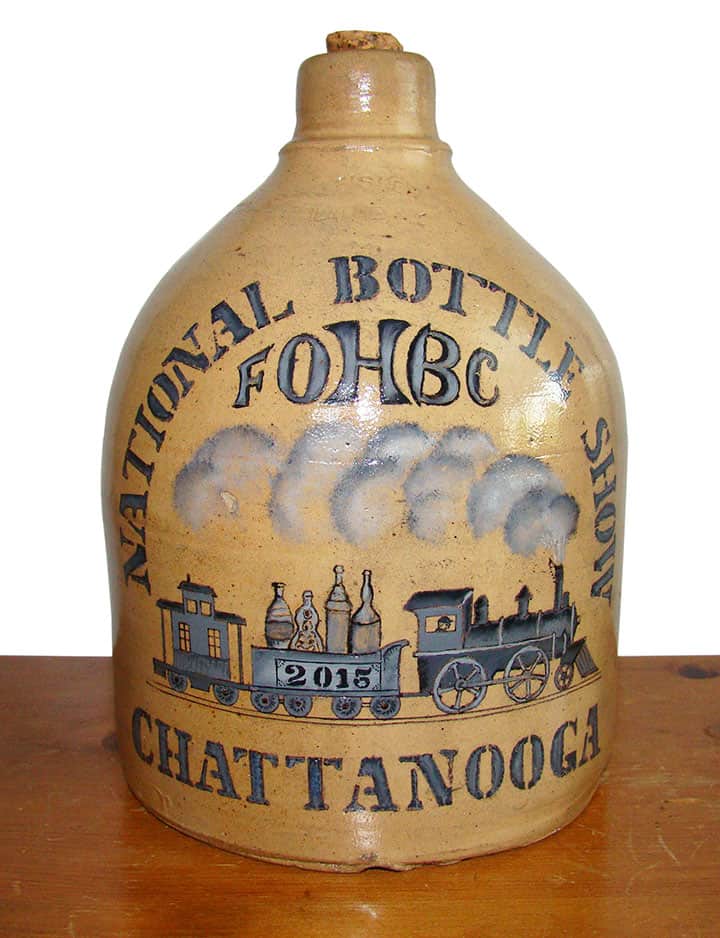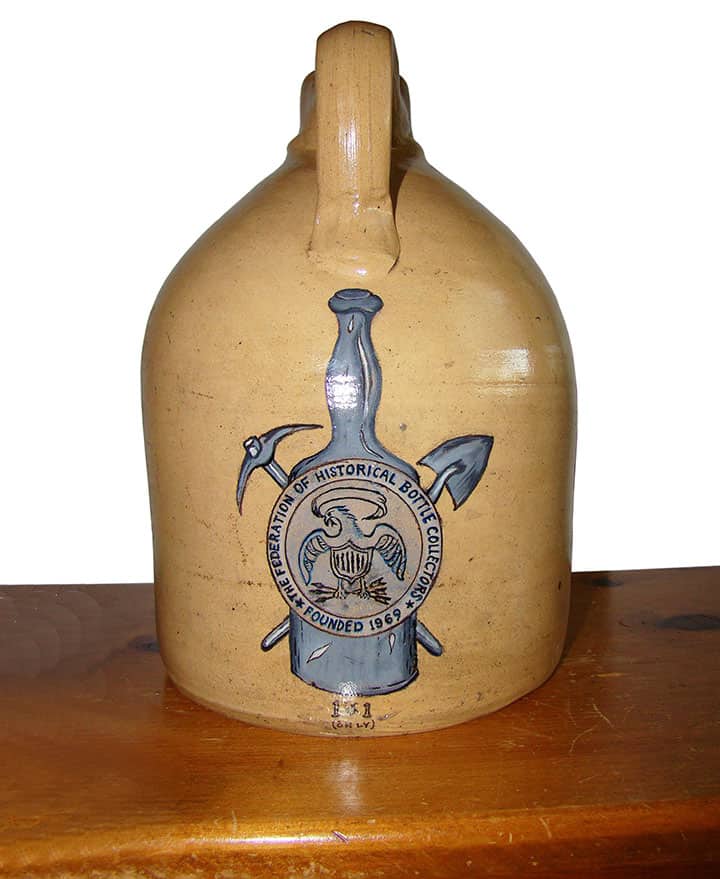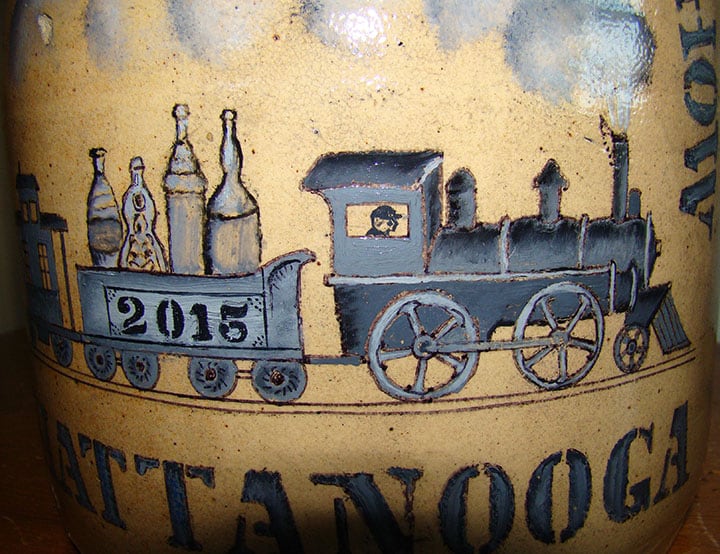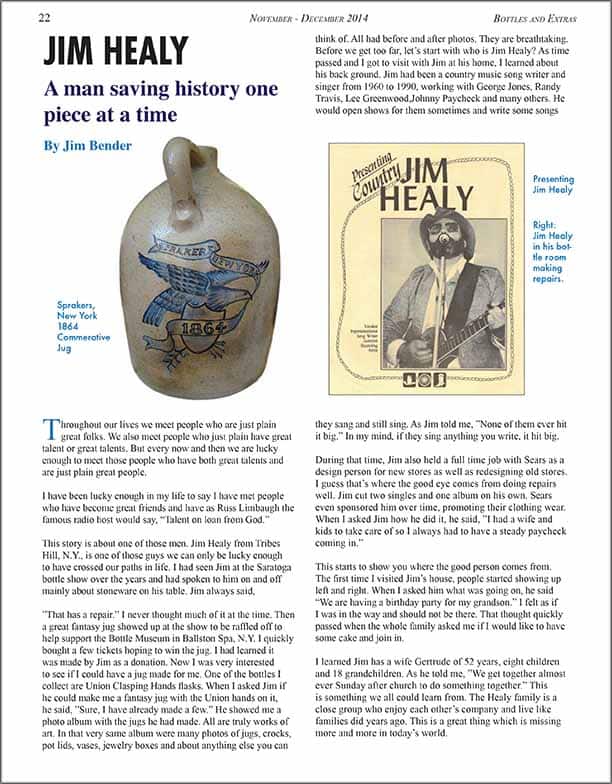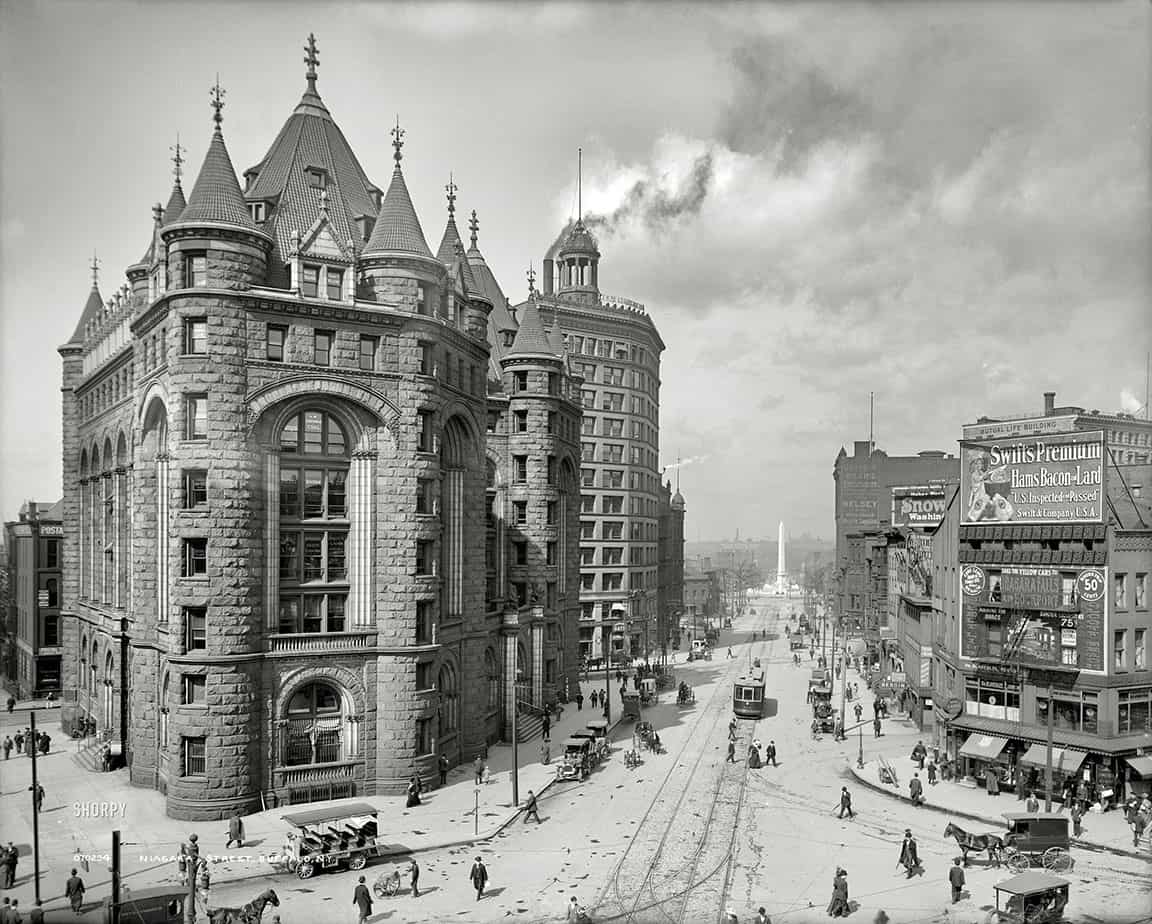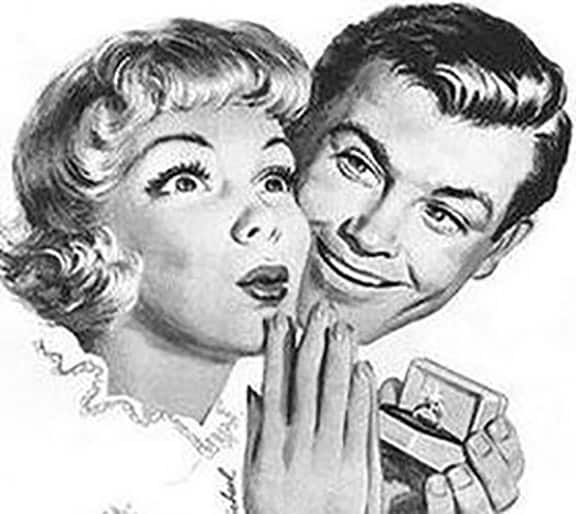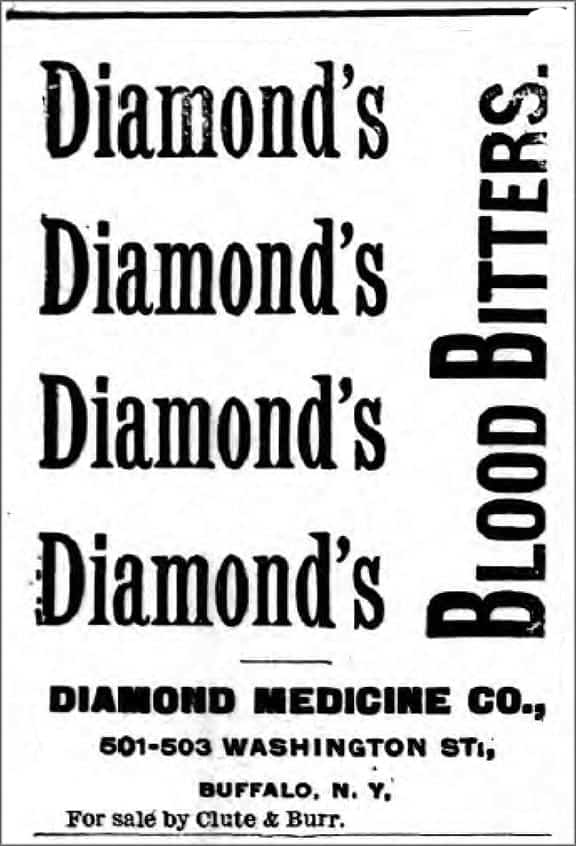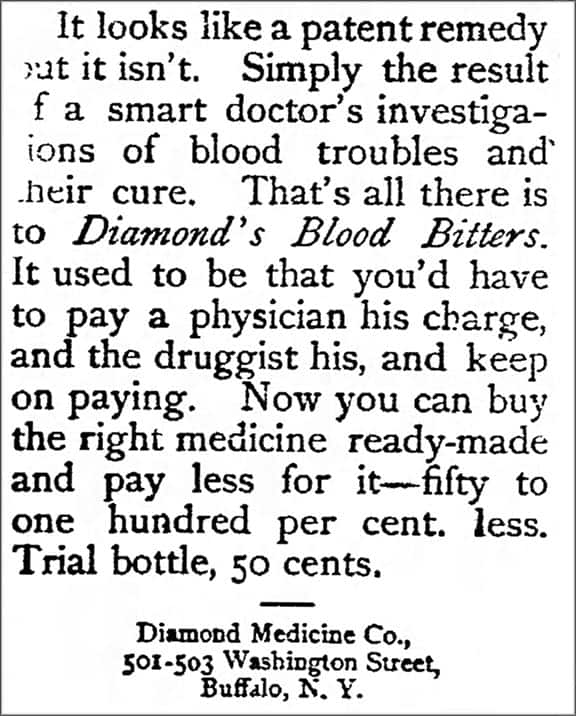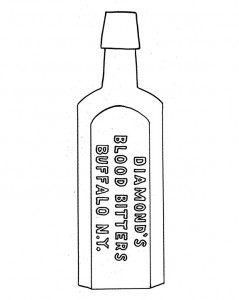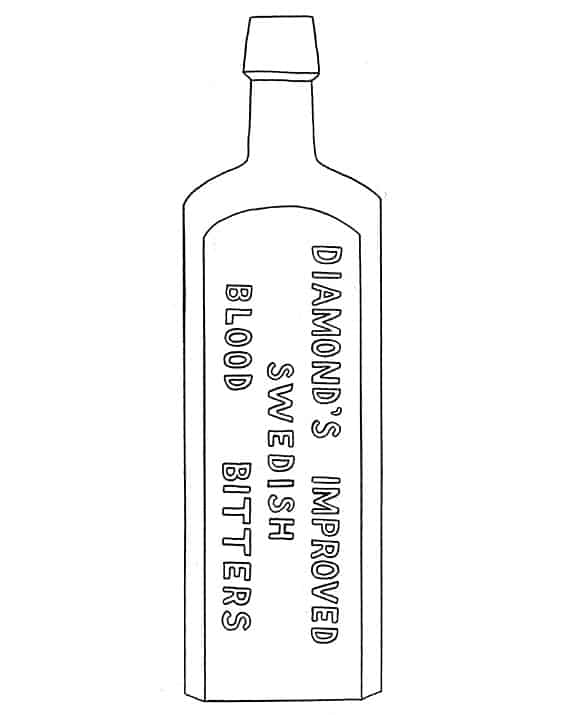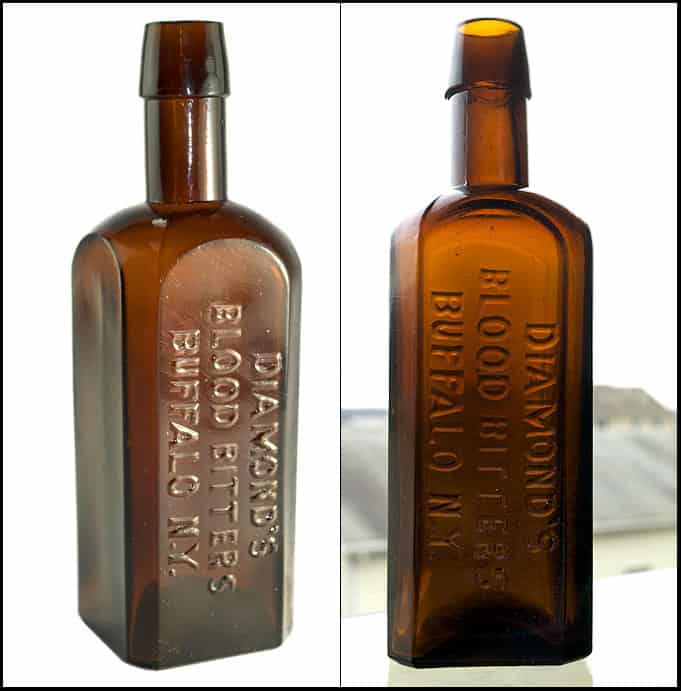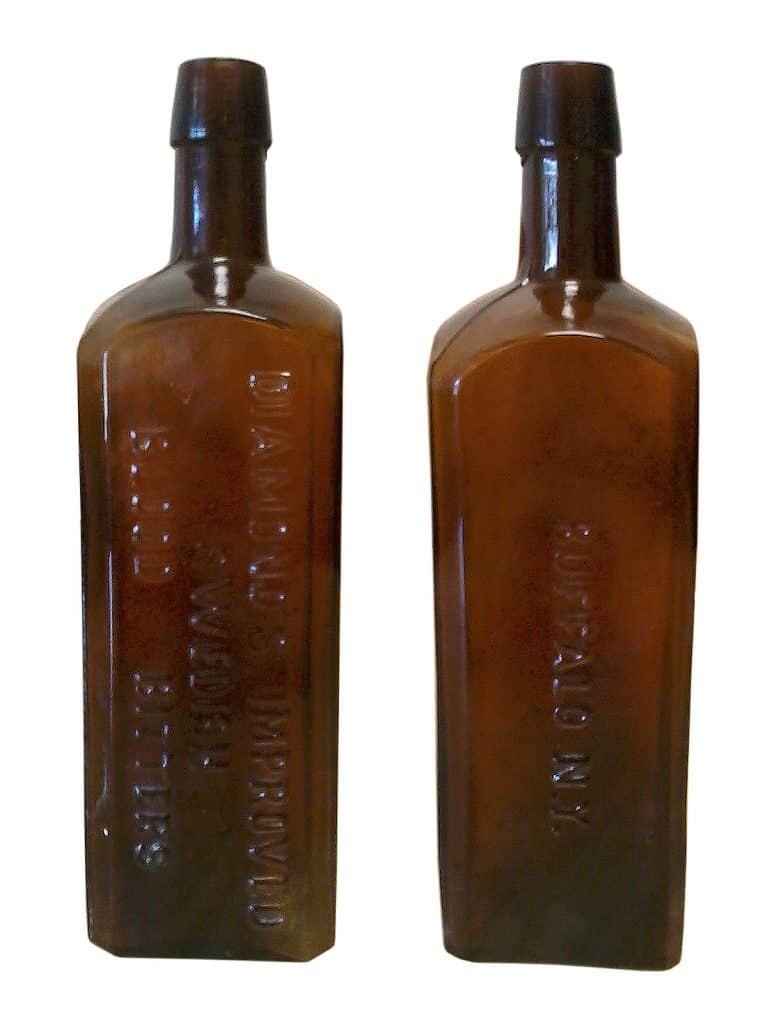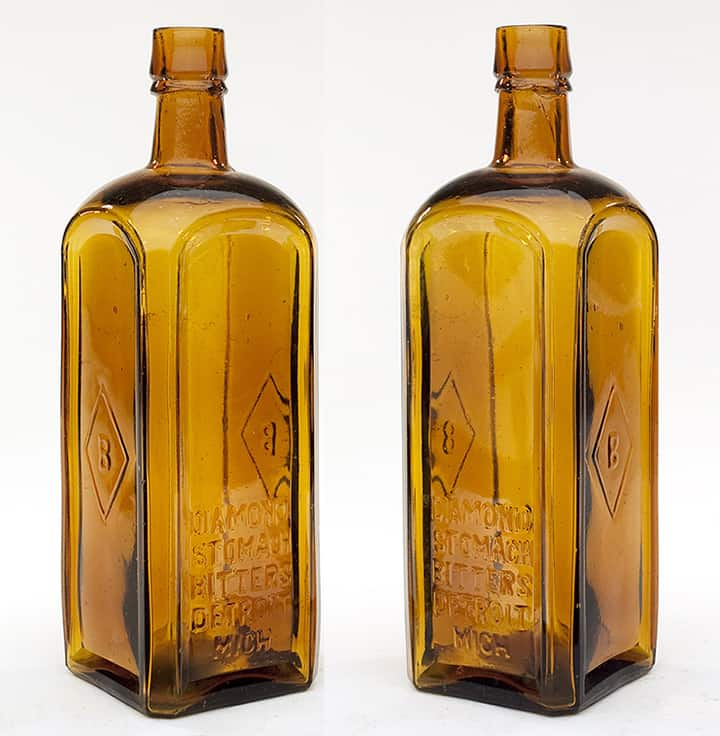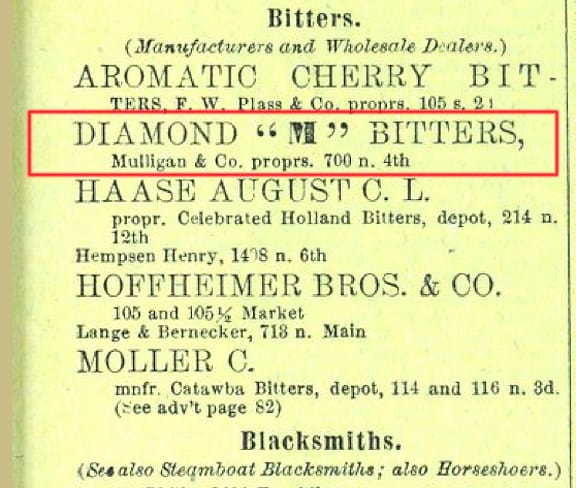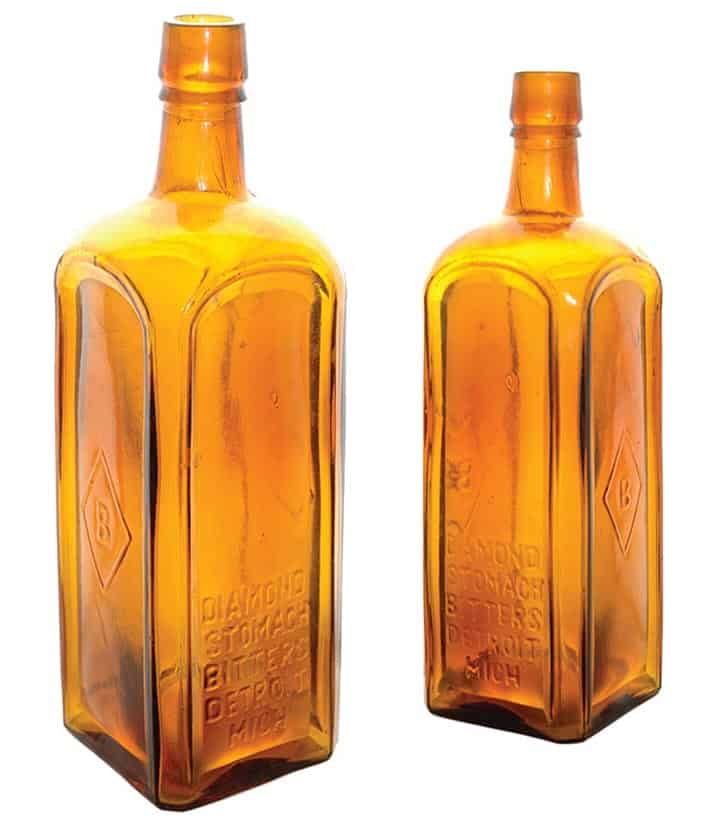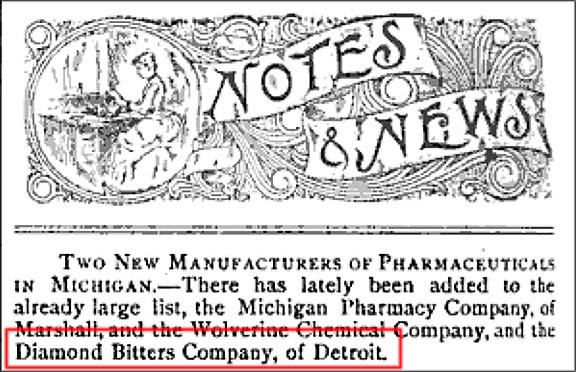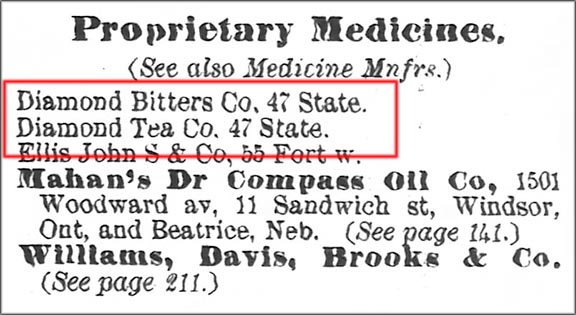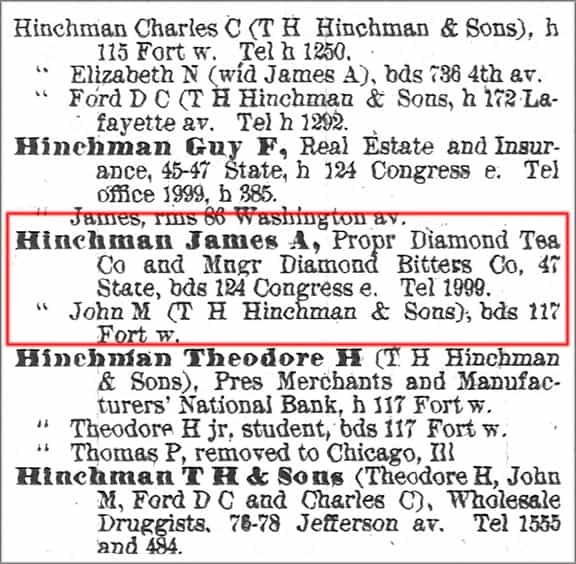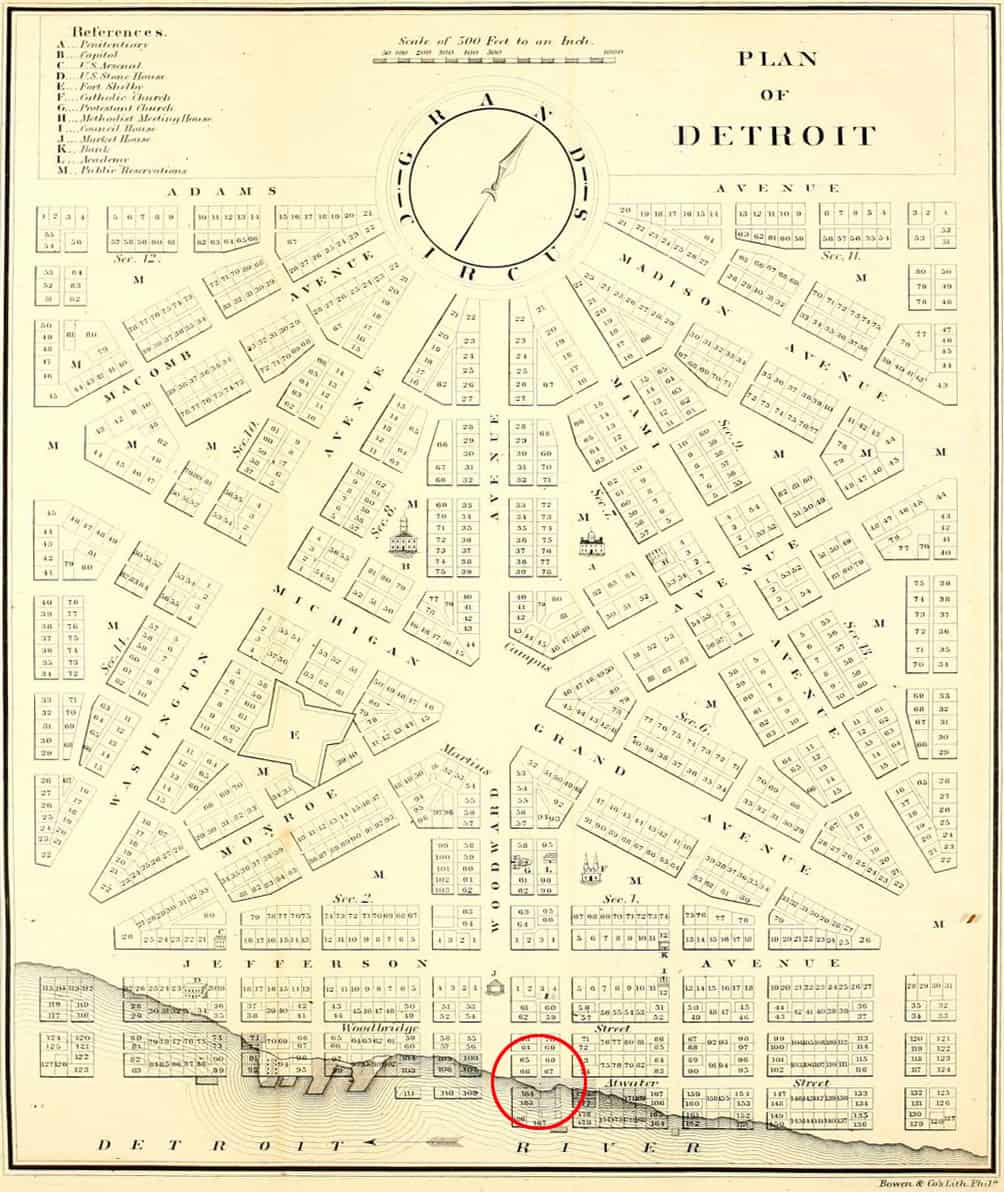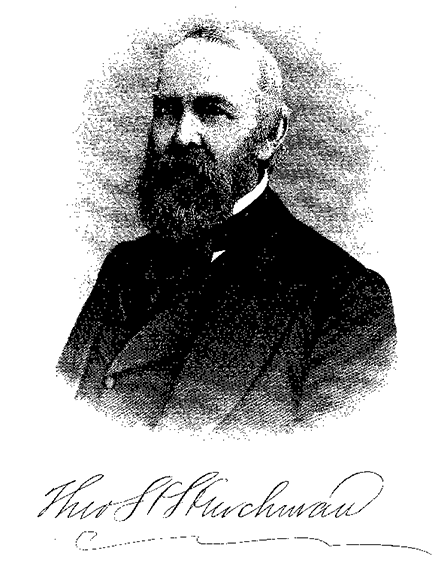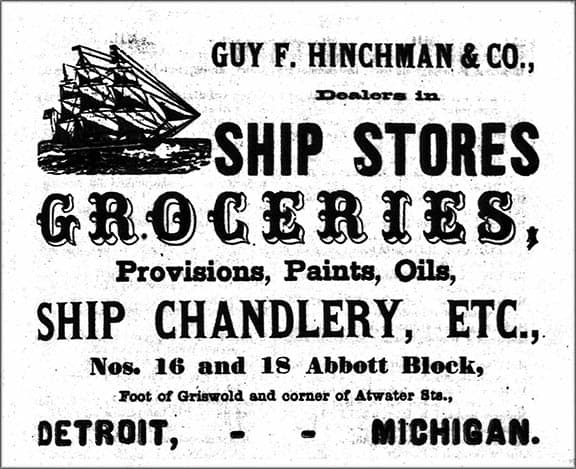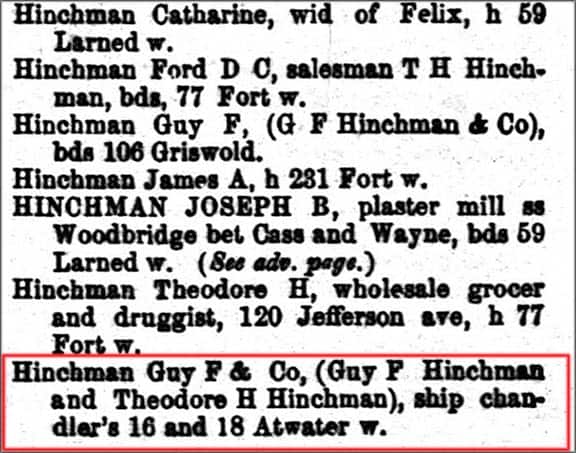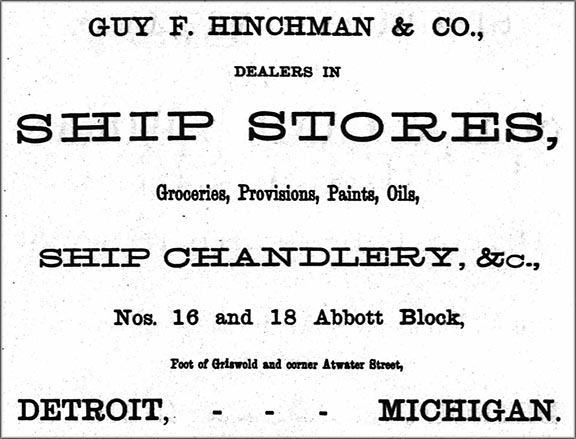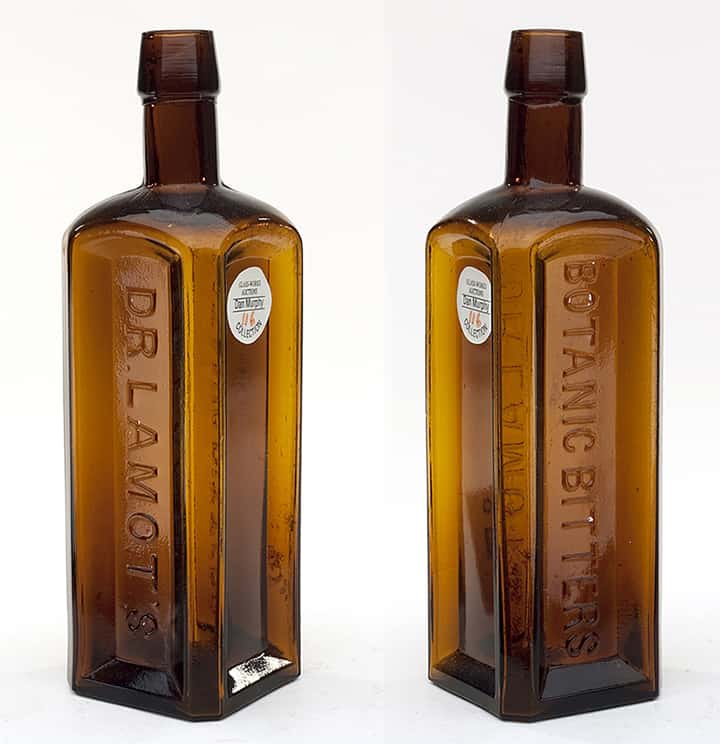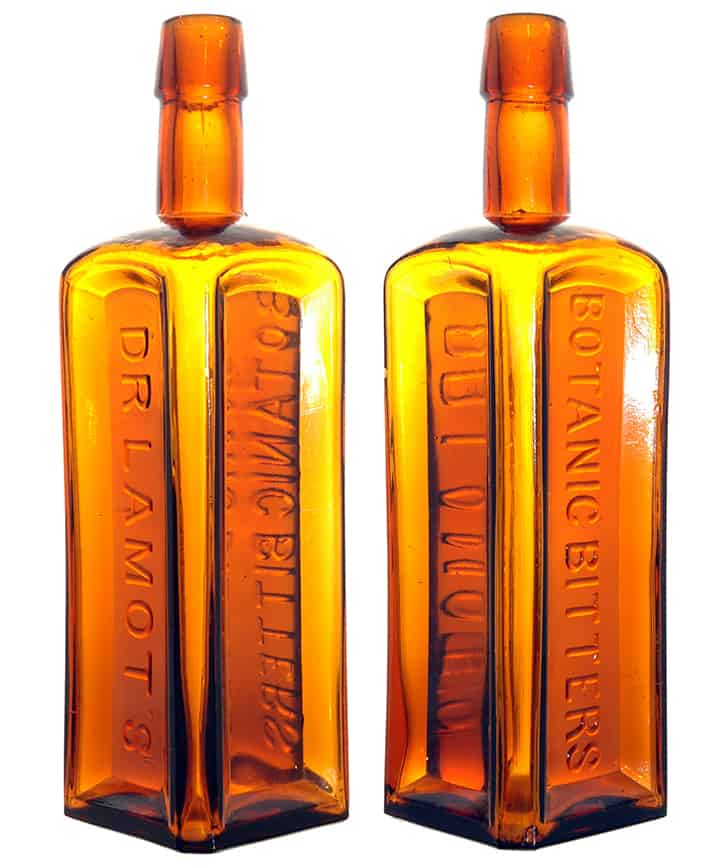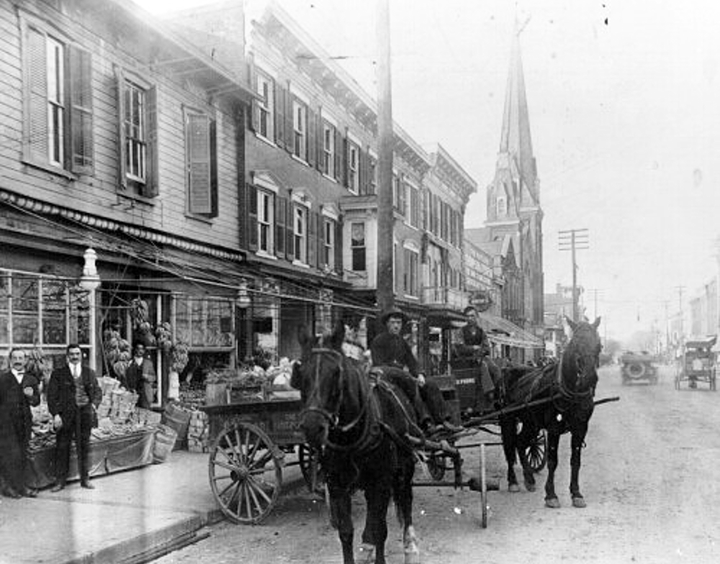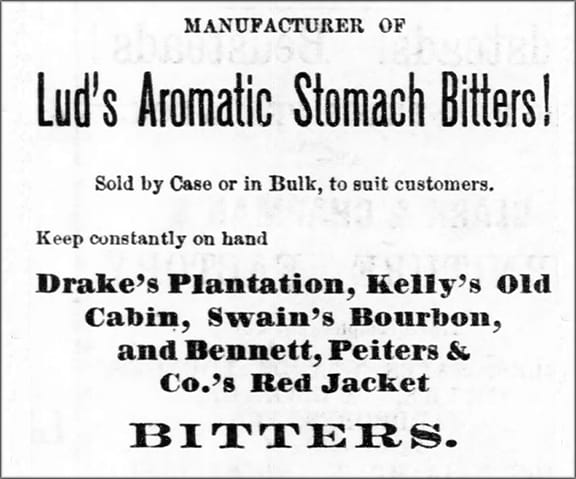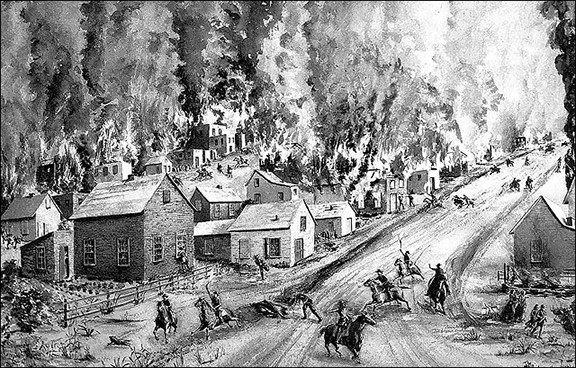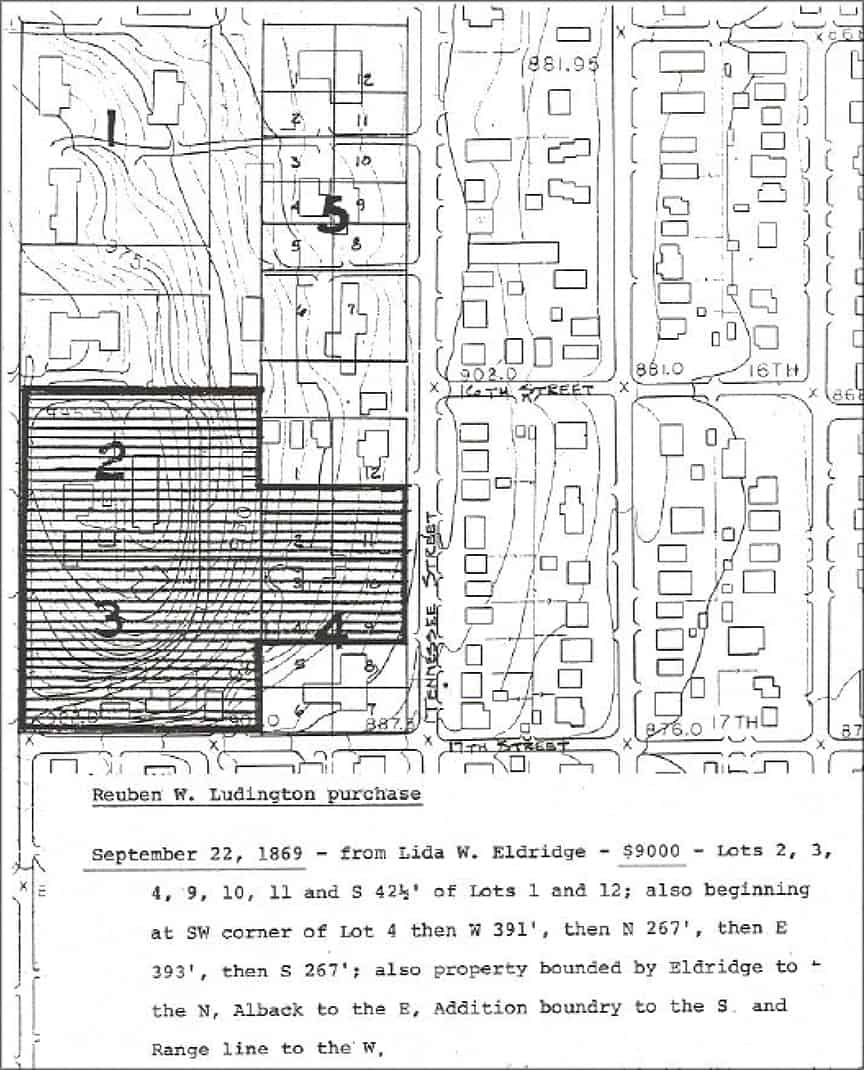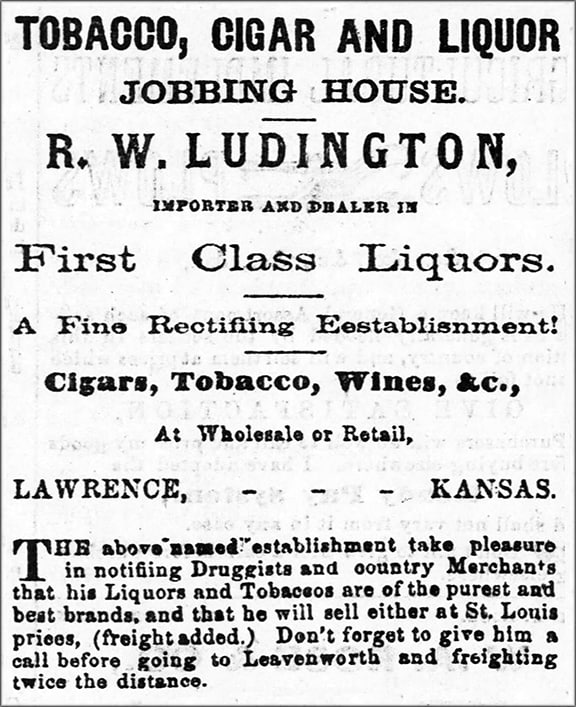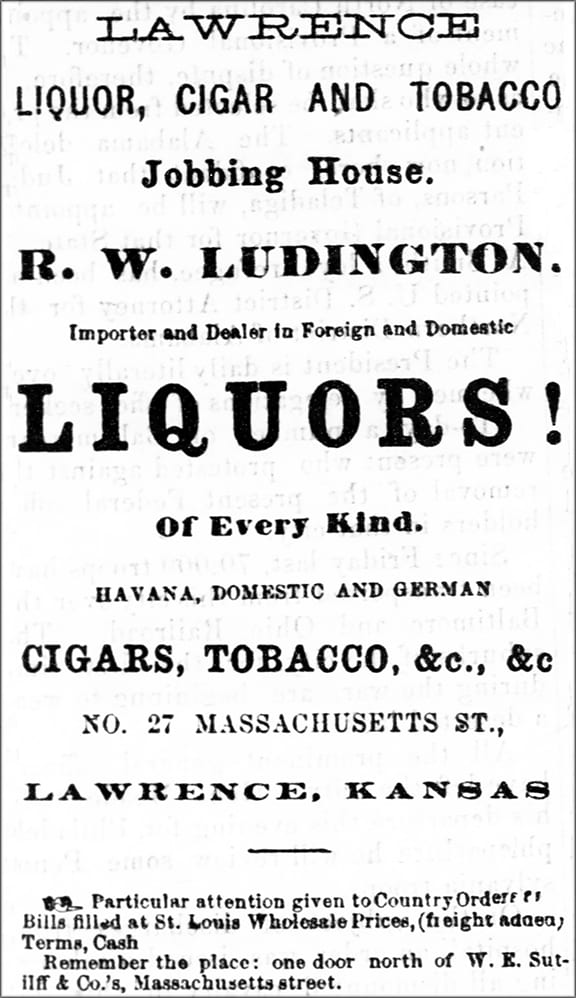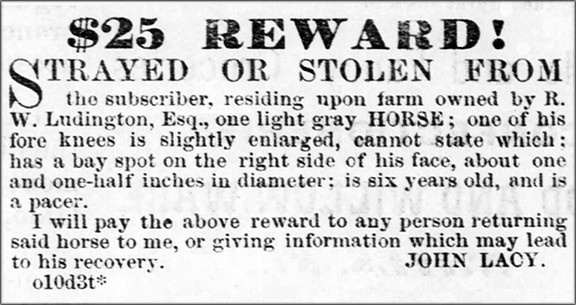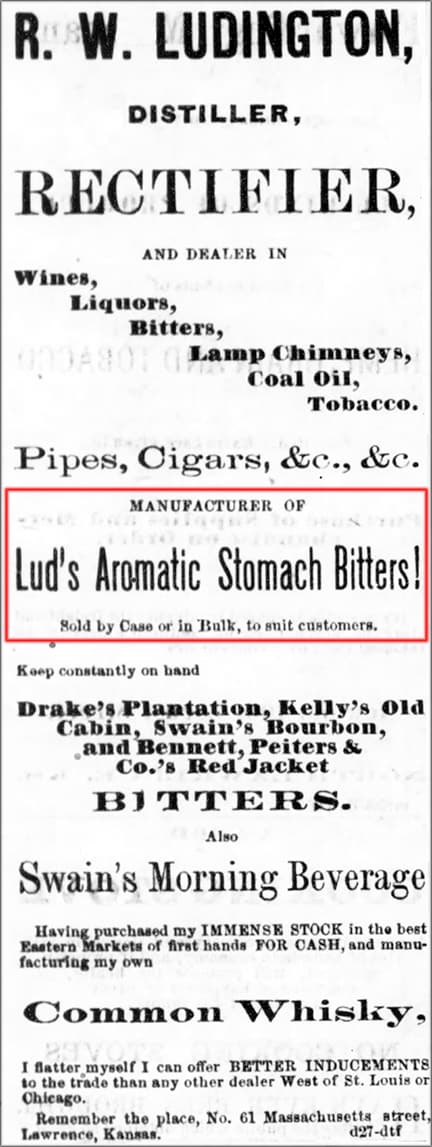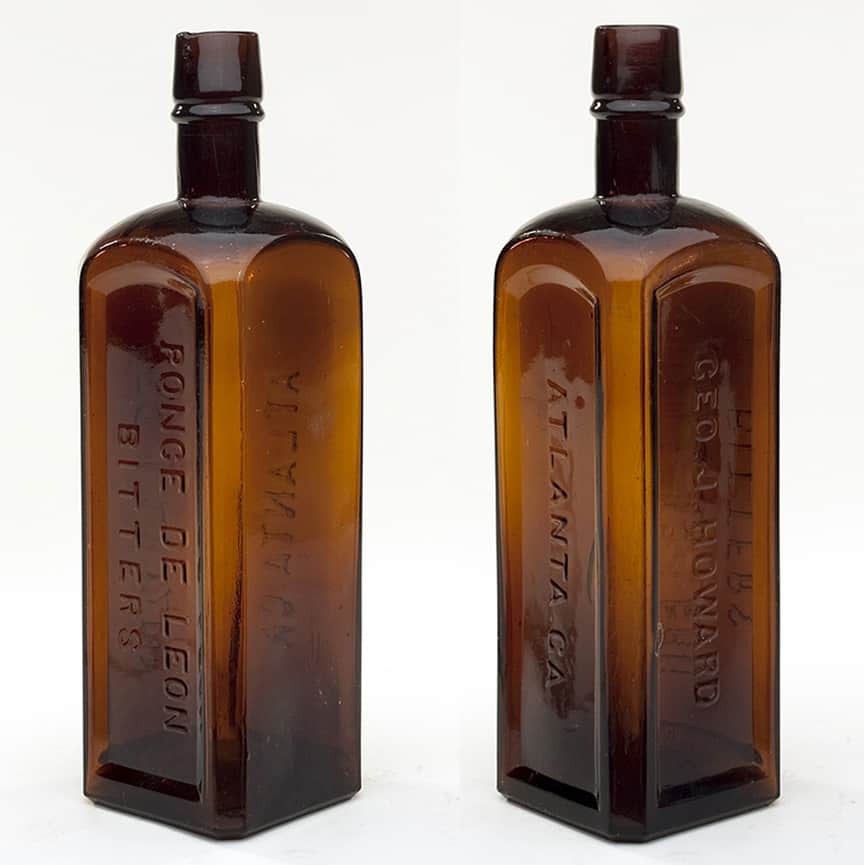
Ponce De Leon Bitters
George Jefferson Howard and the Coca-Cola Connection
25 May 2015
 Here another great bitters square that John Pastor has in his current American Glass Gallery Auction 14 which is now online. The picture at the top of the post is from the auction. This folks, is the #7 top Georgia bottle (see list below). Juan Ponce de León (1474 – July 1521) of course, is associated with the legend of the Fountain of Youth, reputed to be in Florida. He was a Spanish explorer and conquistador and became the first Governor of Puerto Rico by appointment of the Spanish crown. He led the first European expedition to Florida, which he named.
Here another great bitters square that John Pastor has in his current American Glass Gallery Auction 14 which is now online. The picture at the top of the post is from the auction. This folks, is the #7 top Georgia bottle (see list below). Juan Ponce de León (1474 – July 1521) of course, is associated with the legend of the Fountain of Youth, reputed to be in Florida. He was a Spanish explorer and conquistador and became the first Governor of Puerto Rico by appointment of the Spanish crown. He led the first European expedition to Florida, which he named.
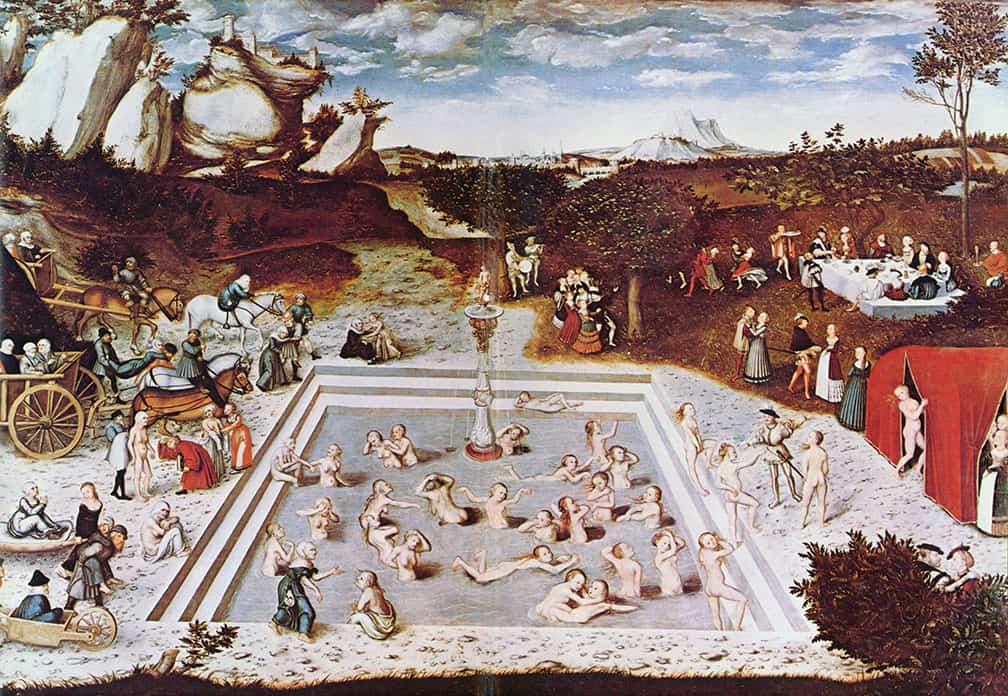
The Fountain of Youth, 1546 painting by Lucas Cranach the Elder.
Top Georgia Bottles
(with point values from 10 authorities – compiled by Bill Baab)
1. Black glass with seal, Dr. G./Harral/Druggist/Savannah, Ga. (7) 197.
2. Yellow-amber Dr. Wm. H. Tutt’s / Golden Eagle Bitters / Augusta, Ga. 124.
3. Yellow W.A. Carlton’s Antidyseptic & Tonic Bitters, Athens, Ga., 121.
4. Strawberry (red, pink) John Ryan / XX Phila. Porter / Savannah, Ga. 112.
5. Amber large size River Swamp Chill & Fever Cure / Augusta, Ga. 101.
6. Cobalt John Ryan / 1867 / Atlanta, Ga., attic mint, wire bail (1), 112.
7. Amber Ponce de Leon Bitters, Atlanta, Ga. 87.
8. Green pontiled Thomas Maher, Savannah, Ga., 86.
9. Aqua iron-pontiled Dr. J. Dennis’s / Georgia Sarsaparilla / Augusta, Ga. 85.
9. Cobalt C. Ells & Son / Mineral Water / Macon, Ga. 85.
11. Teal crown top Jones & Co. / Marietta, Ga. 84.
12. Cobalt John Ryan / Block R / Columbus, Ga. 76.
12. Cobalt iron-pontiled E.D. Meyer / Augusta, Ga. 76.
14. Amber Barrett, Land & Co. / Georgia Bitters / Augusta, Ga. (1) 69.
15. Clear Coca-Cola Hutchinson, no city name, 61.
16. Amber John Ryan / Ginger Ale / Savannah, Ga. (Round-bottom) 59.
17. Cobalt iron-pontiled L. Glinde / Savannah, Ga. 52
18. Aqua pontiled Woodruff’s Dysentery Cordial, Columbus, Ga. 47.
19. Pottery pig bottle, Elberton, Ga., 45.
20. Pottery pig bottle, Macon, Ga. 43.
21. Aqua E.P.C. Fowler Hutchinson, Tallapoosa, Ga. (1) 39.
22. Dark amber Dr. Wm. H. Tutt’s / Sarsaparilla & Queen’s Delight / Augusta, Ga. 3
23. Deep cobalt E. Sheehan / 1880 / Augusta, Ga. 35.
24. Dr. J. Dennis’s Georgia Sarsaparilla / Augusta, Ga., iron pontil, green tone. 34.
25. Aqua Life Everlasting Bitters / Atlanta, Ga. 25.
Johns auction description:
“PONCE DE LEON / BITTERS – GEO. J. HOWARD – ATLANTA. GA”, America, 1870 – 1880. Golden amber, square with beveled corners, applied sloping collar with ring – smooth base, ht. 9 3/8″; (does not appear to be a dug bottle, but has some moderate scratches down one of the beveled edges and minor exterior wear including a ¼” open surface bubble, but no other form of damage!) R/H #H202.5. Unique, or possibly one of two. There are rumors of an example possibly being dug in Atlanta.
The Carlyn Ring and W.C. Ham listing in Bitters Bottles is as follows:
H 202.5 PONCE DE LEON BITTERS
GEO. J. HOWARD // PONCE DE LEON / BITTERS // ATLANTA. GA. // f //
9 5/16 x 2 11/16 (7 5/156) 7/16
Square, Amber, LTCR, Applied mouth, 3 sp, Extremely rare
Only known example found in Atlanta.
Rarest Atlanta Bitters.
George Jefferson Howard
George J. Howard was born on 9 December 1831 in Augusta, Richmond County, Georgia and was one of the best-known druggists in the state. His parents were William H. Howard, Jr. and Martha Webb Howard. George J. Howard married Maria Louisa Goldsmith on 30 November 1853 in Cartersville, Georgia. Maria Louisa or Lulu as he affectionately called her, was born in 1833 or 1834 in Greenville, North Carolina.
Mr. Howard enlisted in Company E, Confederate States 1st Infantry Regiment on 18 March 1861 and was promoted to Full 1st Lieutenant on 04 April 1861. He mustered out on 12 January 1862. His war record was a good one. His company was sent to Pensacola where he was in Graddon’s brigade and served there until he was twice wounded.
George J. Howards name often comes up in connection with Asa Griggs Candler who was the founder of Coca-Cola. You see, Asa Candler moved to Atlanta in 1873, and with very little money and no job, went from drug store to drug store asking for employment. He was eventually hired as a clerk at George Jefferson Howard’s drug store on the east side of Peachtree between Line and Wheat streets (the block between the present Edgewood and Auburn avenues).
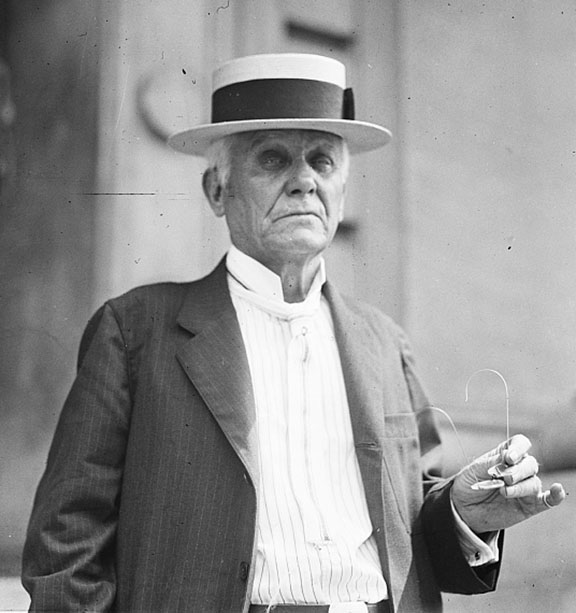
Asa Griggs Candler
George J. Howard was also the father of Asa’s future wife, Lucy Elizabeth (Lizzie) Howard. Candler quickly worked himself up to the store’s chief clerk and fell in love with his boss’ 15 year old daughter Lizzie. To discourage the budding romance, Howard sent Lizzie and her sister, Alice, off to Salem College. This caused a falling out with his boss and Asa quit. A year later he married Lizzie, and three years after that he bought out his partner. After buying a portion of Dr. Pemberton’s interest and obtaining the remainder from intermediate owners, Candler owned all rights to Coca-Cola for a total investment of $2,300. This eventually brought him wealth beyond his most optimistic expectations.
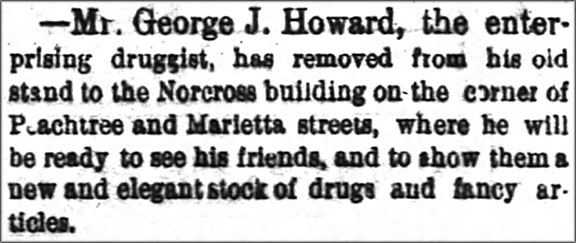
Mr. George J. Howard, Druggist – The Atlanta Constitution, Thursday, April 26, 1877

A New Enterprise – The Atlanta Constitution, Tuesday, February 11, 1879
It was while Mr. Howard was in Atlanta, that he put out his Ponce De Leon Bitters. Howard initially was on his own and started George J. Howard & Brothers in 1871 with his brothers W. H. Howard, Jr. and Charles H. Howard from Augusta. Their wholesale drug house at 29 East Alabama Street was considered one of the largest in the south.

Howard store for rent – The Atlanta Constitution, Sunday, July 9, 1882
George J. Howard eventually moved from Atlanta to Augusta in 1886 when the Howard & Willet Drug Company was formed and he was named president. As one of the most prominent and influential businessmen in Augusta, Mr. Howard was for a term, member of council from the First Ward and held the position of chairman of the finance committee of council. He was elected to council by a complimentary vote. He was vice president of the Planters Loan and Savings Bank and a director of all the expositions held in Augusta. He was one of the largest stockholders in the Enterprise Manufacturing Company, a director of the Augusta Real Estate and Improvement Company and a former director in the Commercial Bank. He was a member of the Confederate Veterans association and treasurer of the fund raised for indigent veterans. He was also a prominent Mason.
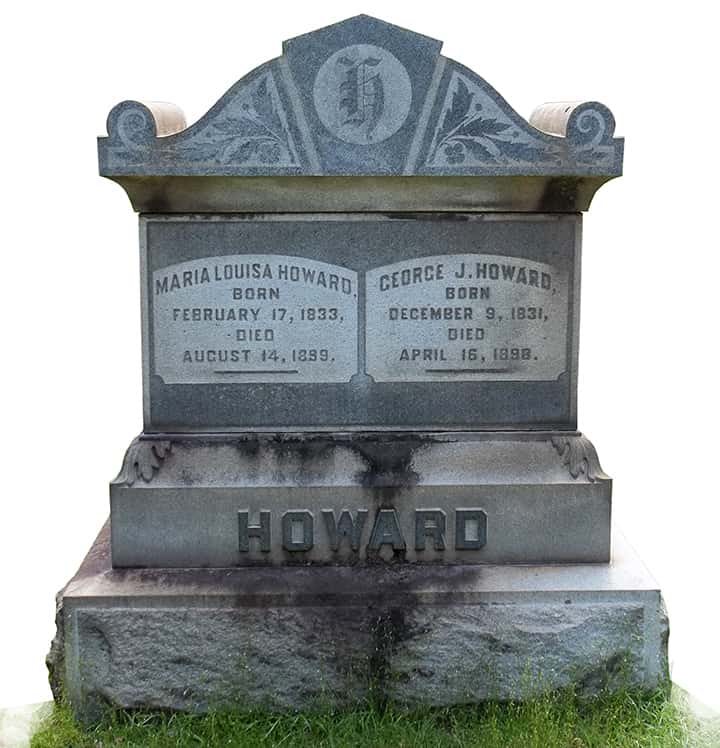
George J. Howard died on 16 April 1898 in Atlanta, Georgia. The mayor and the entire city council attended in a body as a special mark of honor. He is buried in Augusta, Cemetery. Maria Louisa died on 4 August 1899 in Atlanta. A number of notices are posted below of his sudden demise and death.
* * * * * * * * * * * * *
The Augusta Chronicle, Augusta, Georgia, Saturday, April 16, 1898, p. 5:
MR. G. J. HOWARD IS VERY ILL
Was Stricken Suddenly In Atlanta on Yesterday.
HE MAY NOT LIVE
So Telephone Message from Grady Hospital Last Night Said — Went Up Thursday Perfectly Well.
A private telegram received in Augusta yesterday afternoon shortly after 2 o’clock made the starling announcement that Mr. George J. Howard, of the firm of Howard & Willet, and formerly a member of council, had been sudden(ly) stricken with apoplexy while sitting in the office of Messrs. Ansley Brothers, one of whom is Mr. Howard’s son-in-laws.
Mr. Howard left Augusta on Thursday apparently in the best of health, and was to have returned home today. The first intimation that he was ill came to his family in the telegram as mentioned.
Mrs. Howard and her son, Mr. Turner Howard, left the city on the last train at 4:20 p.m. for Atlanta. Later, it was stated that Mr. Howard was carried from Ansley Brothers’ office to the Grady hospital, and that up to that time he had not regained consciousness.
About 8 o’clock last night a telephone message stated that Mr. Howard was not expected to live through the night.
At 10 o’clock another message said that there was apparently no change in his condition, and that the physicians were unable to state whether Mr. Howard was suffering from apoplexy or paralysis.
Mr. Howard’s friends in Augusta can but hope for the best. Mr. Howard is one of Augusta’s oldest and most prominent citizens, a son of the late Mr. William H. Howard and a brother of Mr. Charles H. Howard.
* * * * * * * * * * * * *
The Atlanta Constitution, Atlanta, Georgia, Sunday, April 17, 1898, p. 10:
DEATH OF MR. GEO. J. HOWARD
A Man Well-Known Throughout the State Expired at Hospital Yesterday.
As the result of a stroke of apoplexy, which he suffered shortly before 12 o’clock Friday, Mr. George J. Howard, of Augusta, died yesterday morning at the Grady hospital. It was known that he would die, and when he passed away he was surrounded by friends and relatives. Death came just after 7 o’clock.
While in the office of his son-in-law, Mr. William S. Ansley, Friday, Mr. Howard was suddenly stricken with apoplexy, and the ambulance was called. Mr. Howard is survived by his wife, his brother, Mr. Charles Howard, of Augusta; his son, Mr. Turner Howard, of Augusta; his daughters, Mrs. Asa G. Candler, Mrs. T. J. Ripely and Mrs. W. S. Ansley.
The remains were taken to Augusta yesterday afternoon on the train leaving the city at 3:10 o’clock and the funeral services and interment will occur at that place today. The deceased was one of the best-known druggists in the state, and was for a number of years in business in this city.
* * * * * * * * * * * * *
The Augusta Chronicle, Augusta, Georgia, Sunday, April 17, 1898, p. 8:
FUNERAL NOTICE.
HOWARD — The friends and acquaintances of Mr. GEORGE J. HOWARD and family, Mr. C. H. Howard and family, and Mr. Turner G. Howard and family, are invited to attend the funeral of Mr. GEORGE J. HOWARD, THIS (Sunday) AFTERNOON, at 4:30 o’clock at his late residence, 252 Broad street.
* * * * * * * * * * * * *
The Augusta Chronicle, Augusta, Georgia, Sunday, April 17, 1898, p. 2:
THE CHRONICLE TOLD OF HIS ILLNESS ON YESTERDAY.
DIED AT EIGHT O’CLOCK
His Remains Were Brought To Augusta Last Night and the Funeral Will Take Place This Afternoon.
Yesterday morning The Chronicle made the announcement of hte critical illness of Mr. Geo. J. Howard in Atlanta, stating at the time that there was but little hope entertained for his recovery.
At 8:15 o’clock Mr. Howard died at the Grady hospital in Atlanta, and while Augusta relatives and friends were prepared for the shock, it was no less severe. His death removes from the community one of Augusta’s most prominent citizens.
He was president of the Howard & Willet Drug company, and came to Augusta from Atlanta, where he had been engaged in the drug business.
His family, who were living in Atlanta, came here later. Mr. Howard purchased the Campbell residence, No. 252 Broad street.
Mr. Howard was for a term member of council from the First ward and held the position of chairman of the finance committee of council. He was elected to council by a complimentary vote. He was vice president of the Planters Loan and Savings bank and a director of all the expositions held in Augusta. He was one of the largest stockholders in the Enterprise Manufacturing company, a director of the Augusta Real Estate and Improvement company and a former director in the Commercial bank. He was a (?) member of the Confederate Veterans association and treasurer of the fund raised for indigent veterans. He was also a prominent Mason.
He was 66 years of age and was born in December 1831 at Augusta. He afterwards moved to Atlanta, and came back to Augusta in 1886 when the Howard & Willet Drug company was formed.
His war record was a good one. His company was sent to Pensacola where he was in Graddon’s brigade and served there until he was twice wounded.
He was a son of the late William H. Howard and brother of Mr. Charles H. Howard of this city.
Mr. Howard leaves a widow and seven children to mourn his loss.
The children are Mrs. Alice M. Batey, Mr. Turner G. Howard, Mr. Charles H. Howard, Jr., Miss Fanny Sue Howard, of Augusta; Mrs. A. G. Candler, of Atlanta; Mrs. Thomas J. Ripley, of Kirkwood, and Mrs. W. S. Ansley, of Decatur.
The remains were brought to the city last night at 9:20 on the Georgia railroad fast train and taken to his late residence on lower Broad street where the funeral will take place this afternoon at 4:30 o’clock.
The pallbearers will be Messrs. A. B. Saxon, J. P. Verdery, L. C. Hayne, N. K. Butler, W. C. Roney, W. R. Young, F. E. Eve, J. F. Tarver.
The Confederate Survivors and the Masons will attend in bodies and will assemble at 3:30 this afternoon.
* * * * * * * * * * * * *
The Augusta Chronicle, Augusta, Georgia, Sunday, April 17, 1898, p. 4:
CONFEDERATE SURVIVORS.
Headquarters, C.S.A., Camp 435.
Augusta, Ga., April 16, 1898.
THE MEMBERS OF THE CONFEDERATE SURVIVORS’ ASSOCIATION, Camp 435, U.C.V., are requested to attend the funeral of First Lieutenant Commander GEORGE J. HOWARD, on SUNDAY, April 17, 1898.
Members will assemble at the Confederate Monument promptly at 3:30 o’clock p.m.
By order,
SALEM DUTCHER,
Captain and Commander.
Geo. W. McLaughlin, Adjutant.
* * * * * * * * * * * * *
The Augusta Chronicle, Augusta, Georgia, Monday, April 18, 1898, p. 5:
FUNERAL YESTERDAY.
The Remains of Mr. George J. Howard Laid to Rest.
The funeral yesterday afternoon of the late Mr. George J. Howard was one of the largest that has occurred in Augusta.
The funeral took place from the family residence, No. 252 Broad street, and so great was the gathering of friends that the house was not large enough by any means to hold them, and they stood about on the porches and on the sidewalk in front of the house.
The ceremonies were performed by the Rev. Dr. Lansing Burrows, pastor of the First Baptist church, and the splendid choir of the same denomination rendered sweet music.
The members of the Confederate Survivors association, Camp 435, of which Mr. Howard was a prominent member, attended in a body under the command of Capt. Salem Dutcher. The survivors were clad in the uniform of their camp.
There were also a large number of Masons present in a body, and at the grave they performed their Masonic burial rites.
The mayor and the entire city council attended in a body as a special mark of honor, as for many years, Mr. Howard was one of the representatives of the First ward in this august body.
There were a great many handsome floral designs sent. At the cemetery, many hundreds gathered.
* * * * * * * * * * * * *
The Augusta Chronicle, Augusta, Georgia, Monday, April 18, 1898, p. 4:
The large crowd which attended the funeral of Mr. George J. Howard yesterday afternoon bore testimony to the esteem in which he was held. The services were very solemn and impressive, and with each appearance of the Confederate Survivors at the funeral of one of their number the thought of the ever narrowing circle and thinning ranks is brought home upon those who remain. A good soldier in war and a good citizen in peace has answered to the roll call up yonder.
* * * * * * * * * * * * * * *
The Atlanta Constitution, Atlanta, Georgia, Monday, April 18, 1898, p. O-2:
FUNERAL OF GEORGE J. HOWARD.
Augusta, Ga., April 17. — (Special.) — The funeral of Mr. George J. Howard was conducted by Rev. Lansing Burrows and very largely attended. The mayor and council, the confederate survivors and Masons attended in official bodies.
* * * * * * * * * * * * * * *
The Augusta Chronicle, Augusta, Georgia, May 14, 1898, p. 6:
STATE OF GEORGIA — RICHMOND COUNTY — Whereas Turner G. Howard has applied for permanent Letters of Administration on the estate of George J. Howard, late of said County, deceased.
This, therefore, is to cite all persons concerned, to be and appear at the Court of Ordinary of said county, to be held on the FIRST MONDAY IN JUNE, 1898, at 10 o’clock, a.m., and show cause, if any they can, why said letters should not be granted.
Witness my official signature this sixth day of May, A. D., 1898.
ALEXANDER R. WALTON
Ordinary, Richmond County
* * * * * * * * * * * * * *
The Augusta Chronicle, Augusta, Georgia, Thursday, June 9, 1898:
DEBTORS AND CREDITORS’ NOTICE
Estate George J. Howard. All persons having claims or demands against the estate of George J. Howard, late of Richmond County, deceased, are hereby notified to present the same properly proven, and all persons indebted to same estate are hereby notified to make payment at once to me.
TURNER G. HOWARD
Administrator
Howard & Willet Drug Company
Here is a cover and representative pages from within a Howard & Willet Almanac from 1896. The piece is held by the Biodiversity Heritage Library. The piece is full of seed and crop pages, 12 monthly almanac pages and lots of advertising.
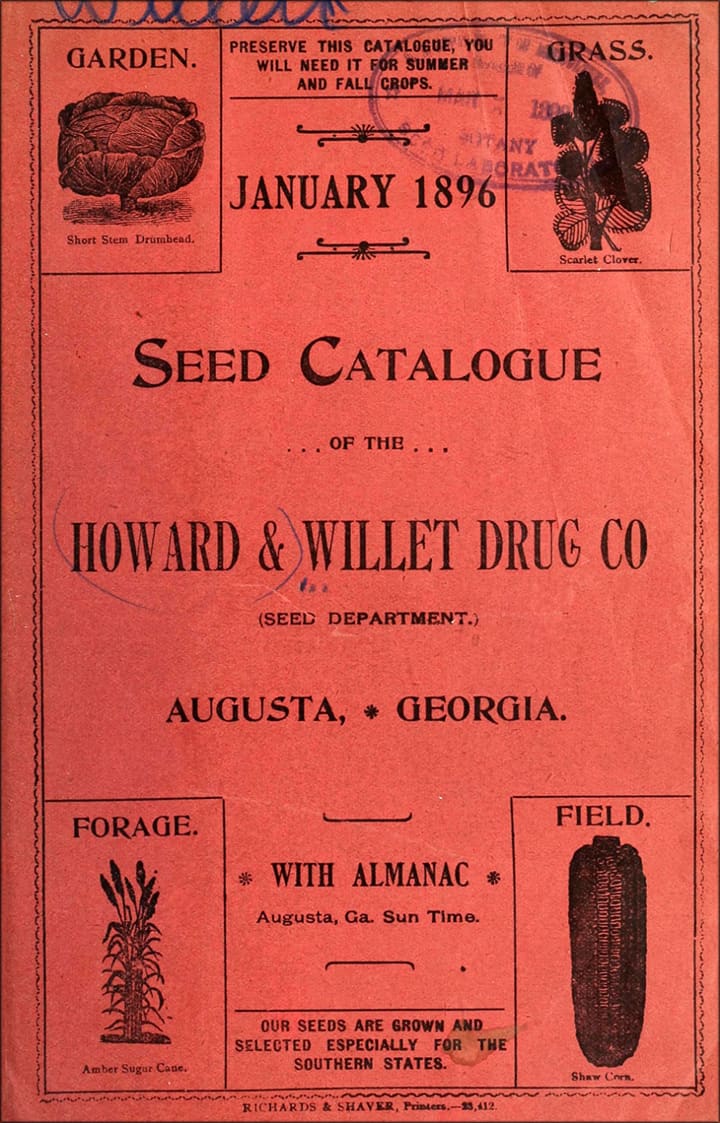
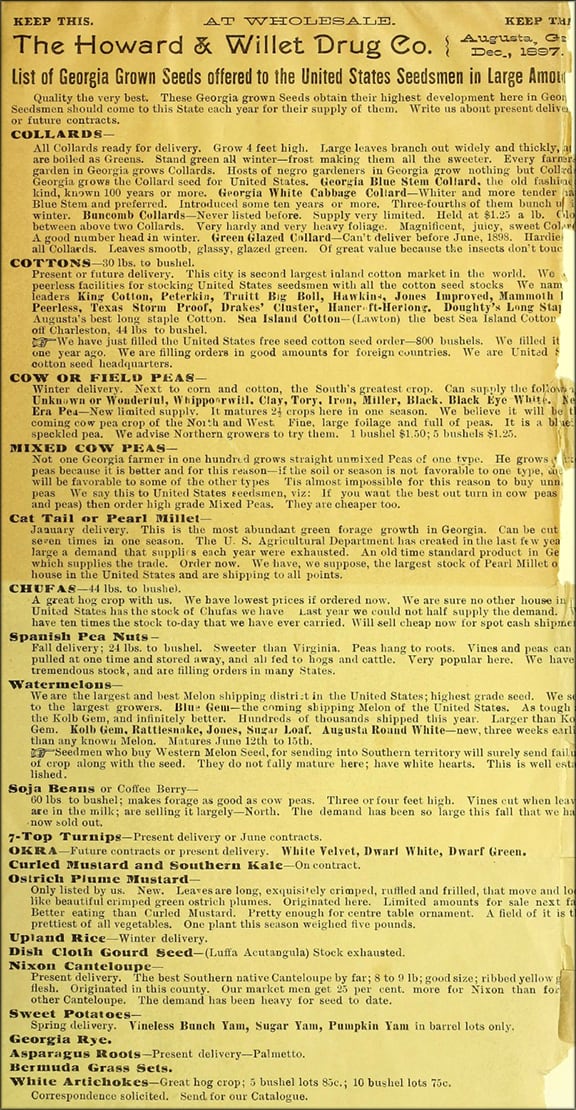
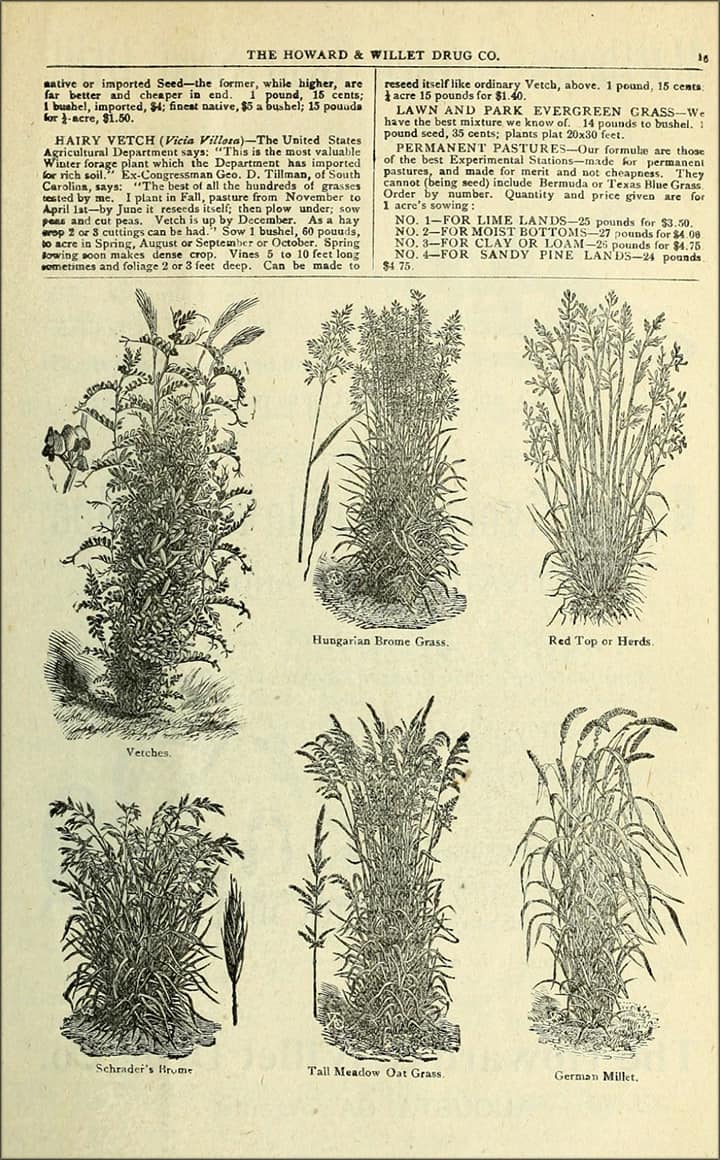
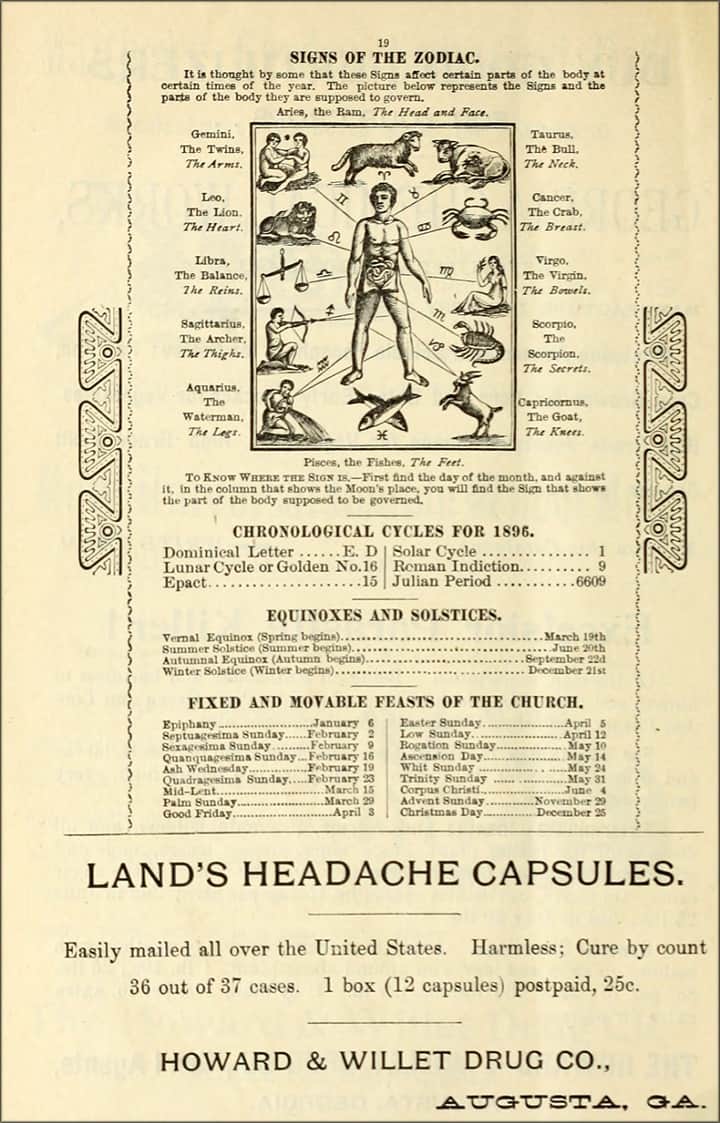



Early Atlanta Peachtree Street
Look at the two pictures below of early Atlanta on Peachtree Street. It is almost the same shot but differs in time. Look at the wagon train pulling in to town. Could be Howard’s drug store on middle right. Can not date the photos but probably too early.
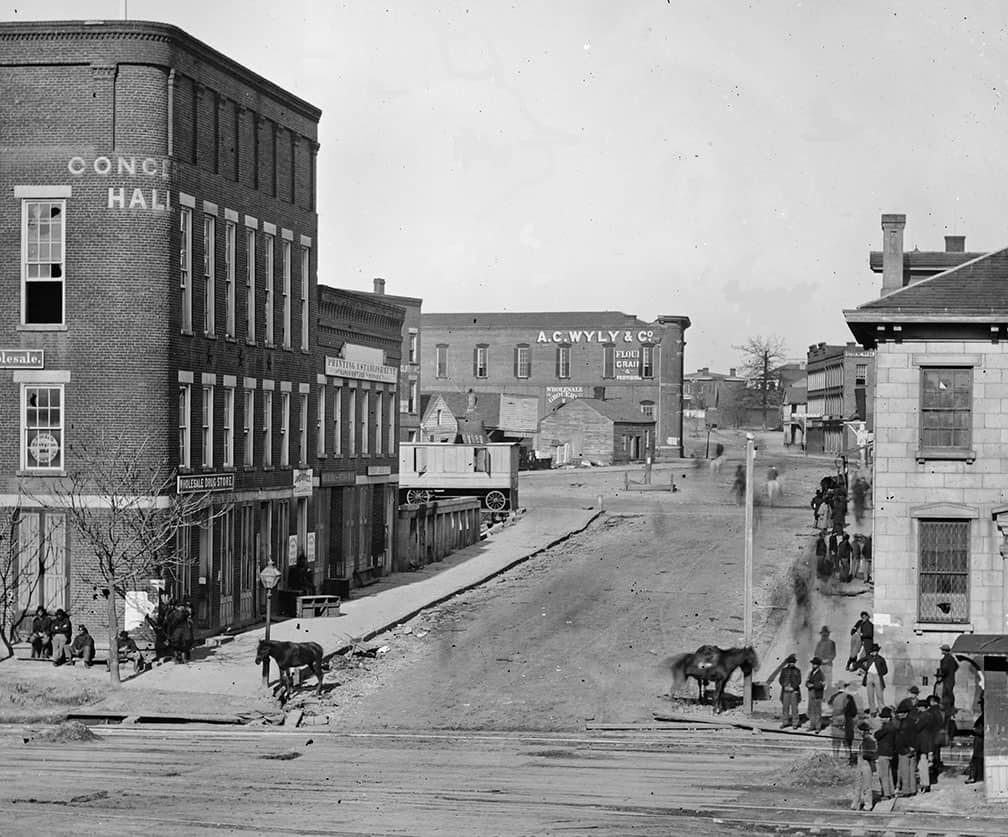
Early Peachtree Street scene in Atlanta – Hunnicutt’s Drug Store on right and Marble Shop on left at intersection – Library of Congress
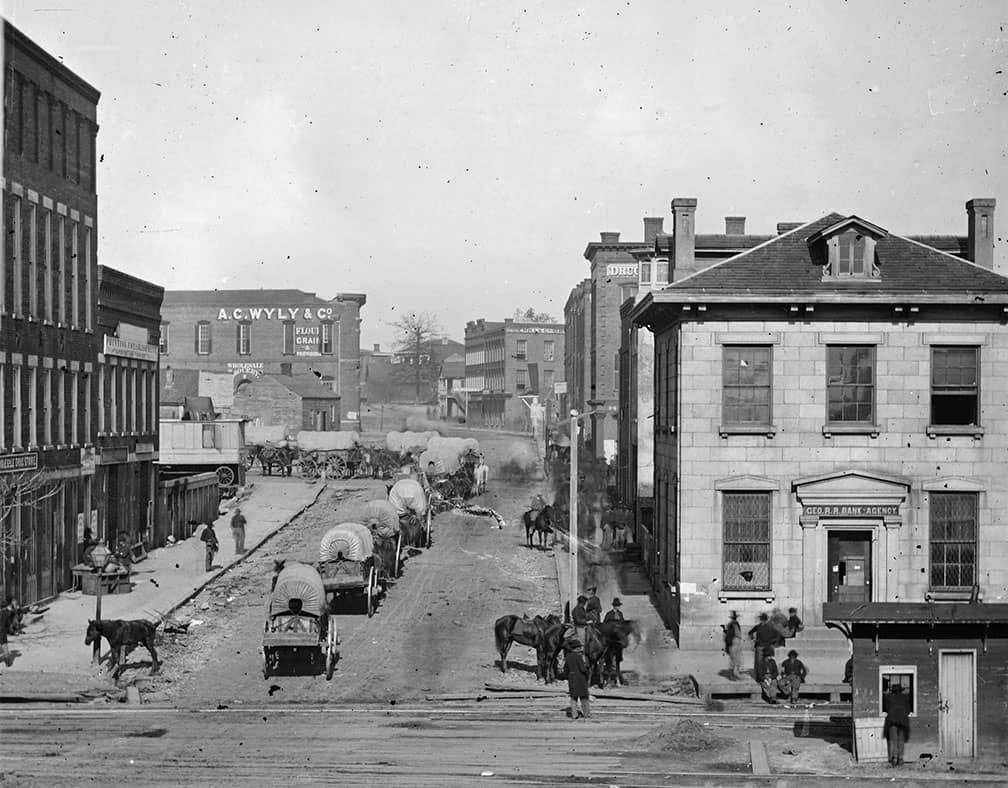
Early Peachtree Street scene in Atlanta – You can see part of H & R Drugs middle right. Is this Howard? – Library of Congress
Select Listings:
1831: George J. Howard was born on 9 December 1831 in Augusta, Richmond County, Georgia.
1853: George J. Howard married Maria Louisa Goldsmith on 30 November 1853 in Cartersville, Georgia.
1870: George J. Howard, 38, merchant, born abt 1832 in Georgia, home Decatur, DeKalb, Georgia, wife Maria, 36, children, William H., 15, Alice M., 13, Mattie W., 12, Lizzie, 11, Anna, 5, Turner, 4, Paul, 1 – United States Federal Census
1871: Howard starts George J. Howard & Brothers in 1871 in Atlanta with his brothers W. H. Howard, Jr. and Charles H. Howard from Augusta.
1898: George J. Howard (Lulu), pres. Howard & Willett Drug Company – Augusta City Directory
1898: George J. Howard died on 16 April 1898 in Atlanta, Georgia.
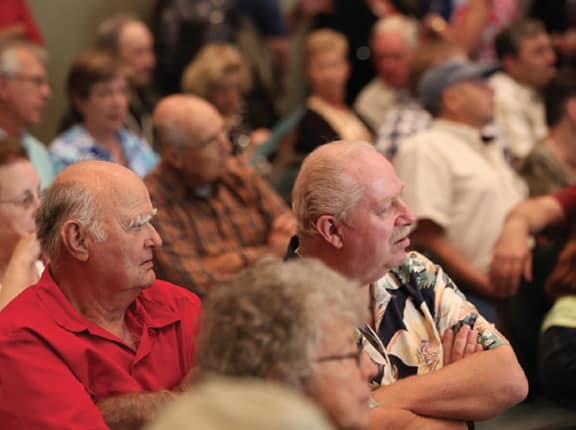
![]() You never know what to expect from Jeff Wichmann with American Bottle Auctions. I was sitting in a meeting yesterday and peeked at my phone and saw a link to Jeff’s ABA newsletter. If you have not been following, Jeff has been graciously awarding $500 to a lucky ABA patron each month to spend at his Bottle Store. Well Jeff upped the rewards yesterday and took our hobby to a new level with an Oster Toaster prize! I thought I would share a few images from his newsletter in case you did not get or it was hung up in spam filters. Oh, Chuck….congrats! Maybe you can bring it to Chattanooga and we can break bread.
You never know what to expect from Jeff Wichmann with American Bottle Auctions. I was sitting in a meeting yesterday and peeked at my phone and saw a link to Jeff’s ABA newsletter. If you have not been following, Jeff has been graciously awarding $500 to a lucky ABA patron each month to spend at his Bottle Store. Well Jeff upped the rewards yesterday and took our hobby to a new level with an Oster Toaster prize! I thought I would share a few images from his newsletter in case you did not get or it was hung up in spam filters. Oh, Chuck….congrats! Maybe you can bring it to Chattanooga and we can break bread.
